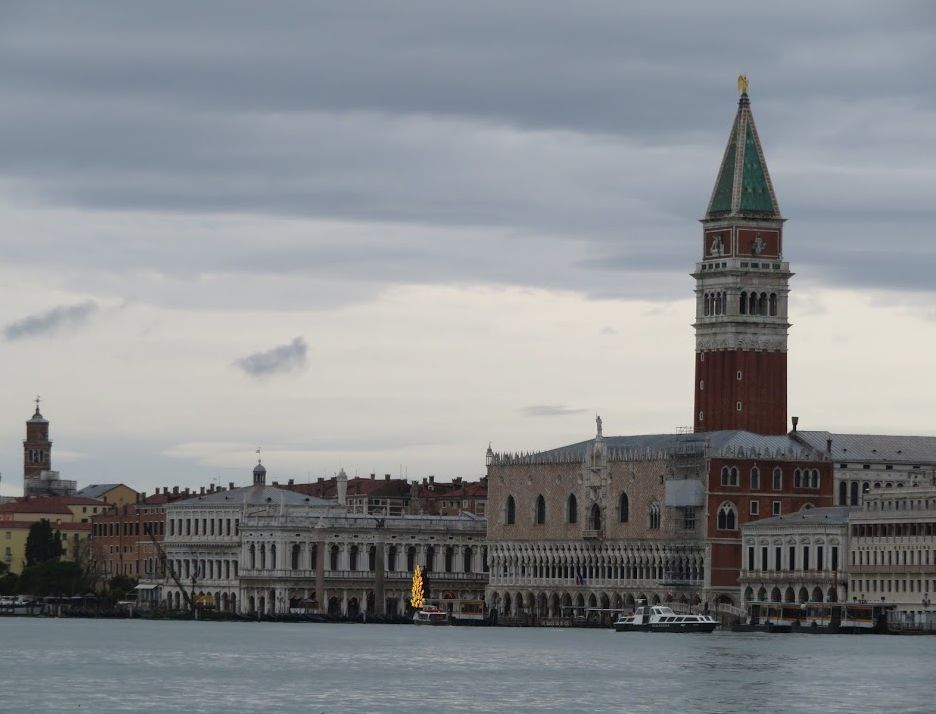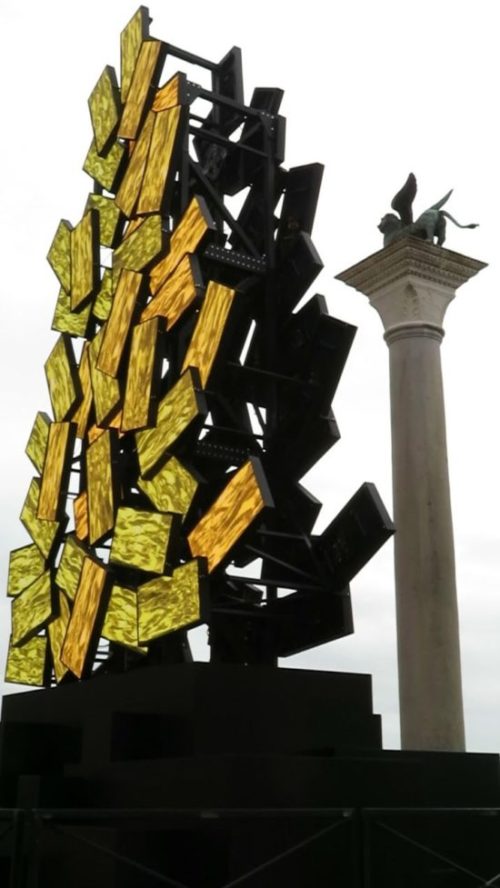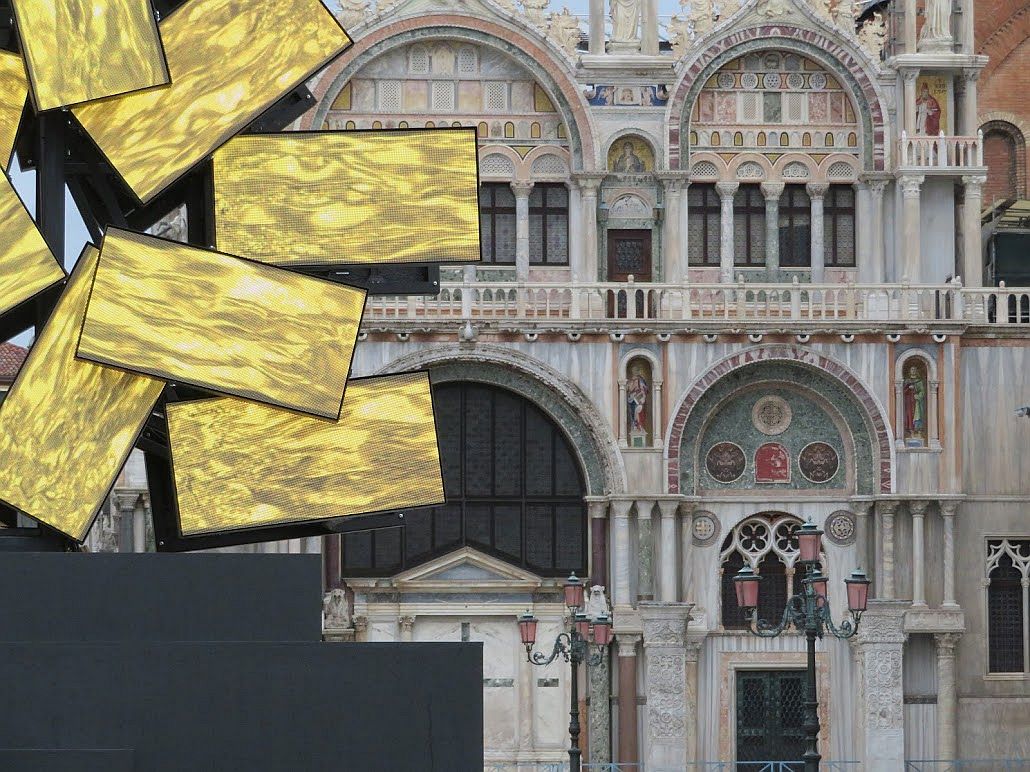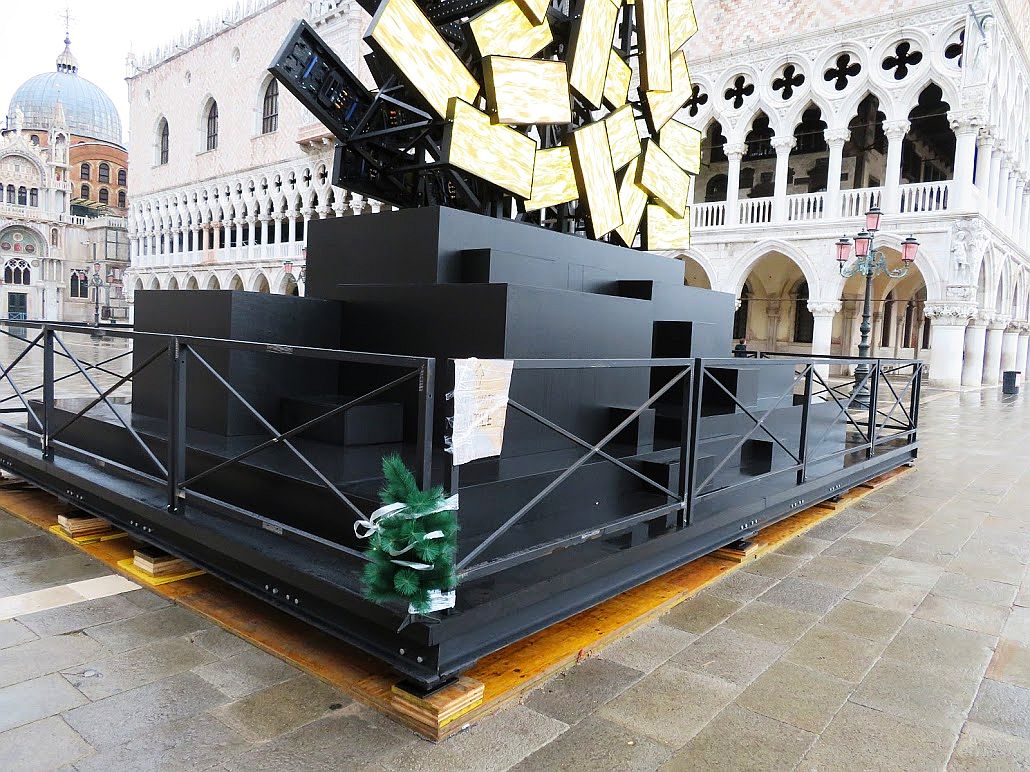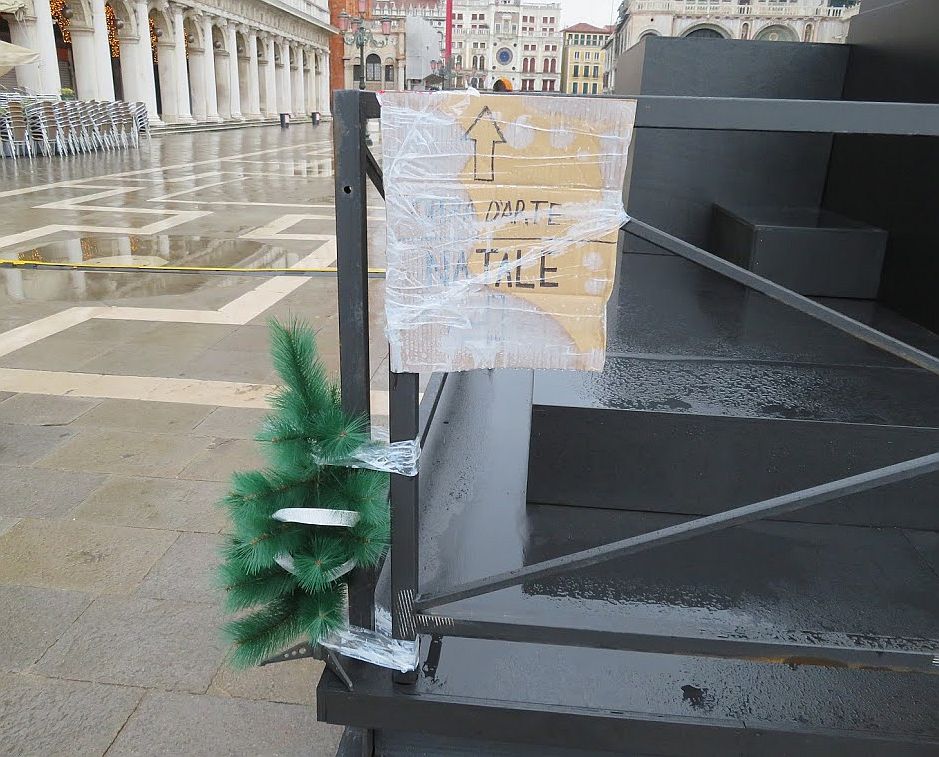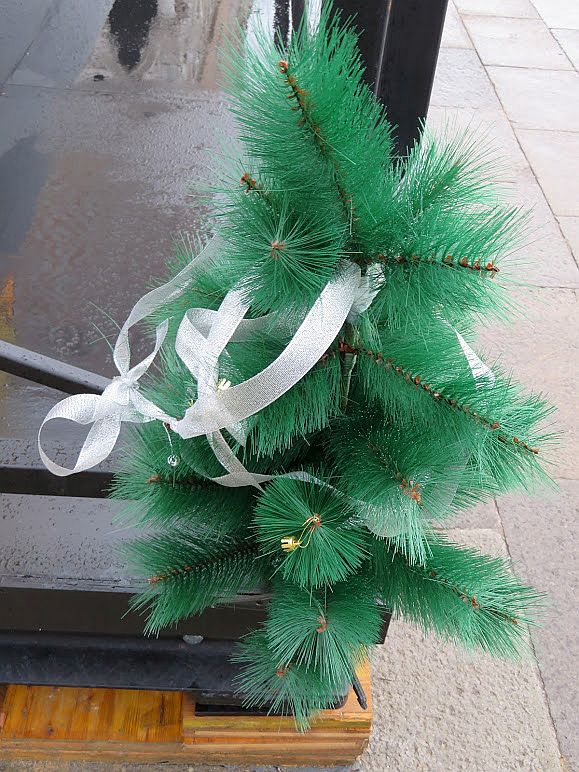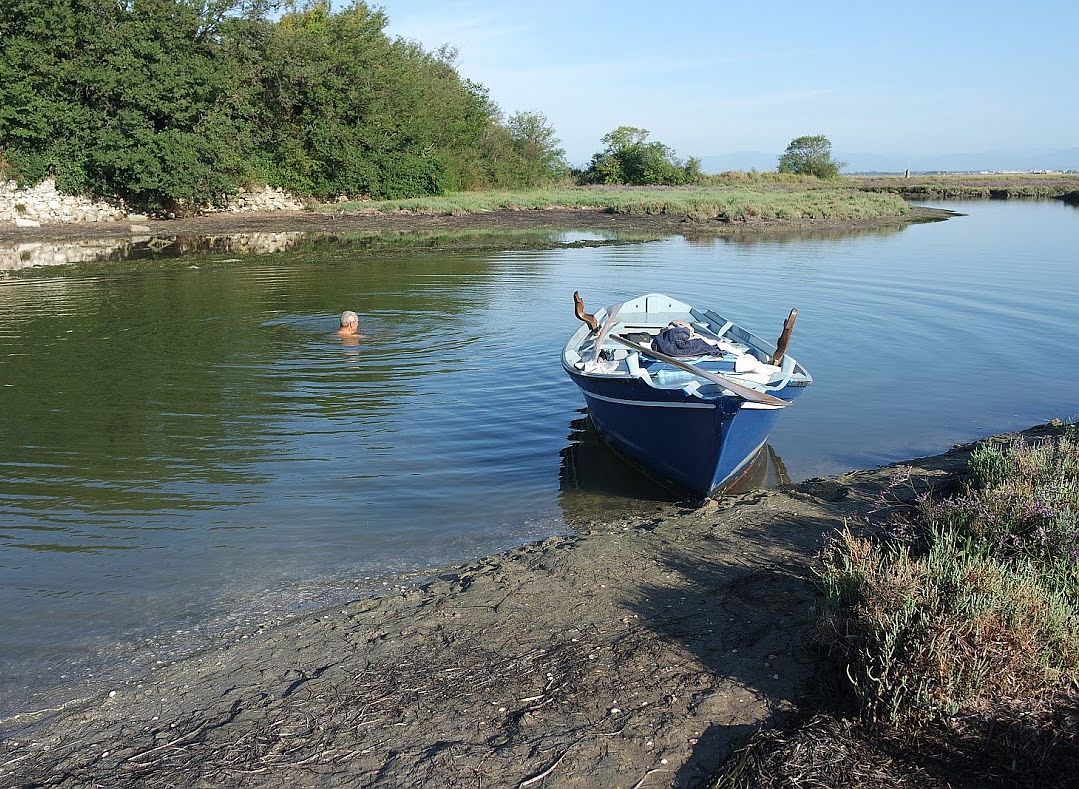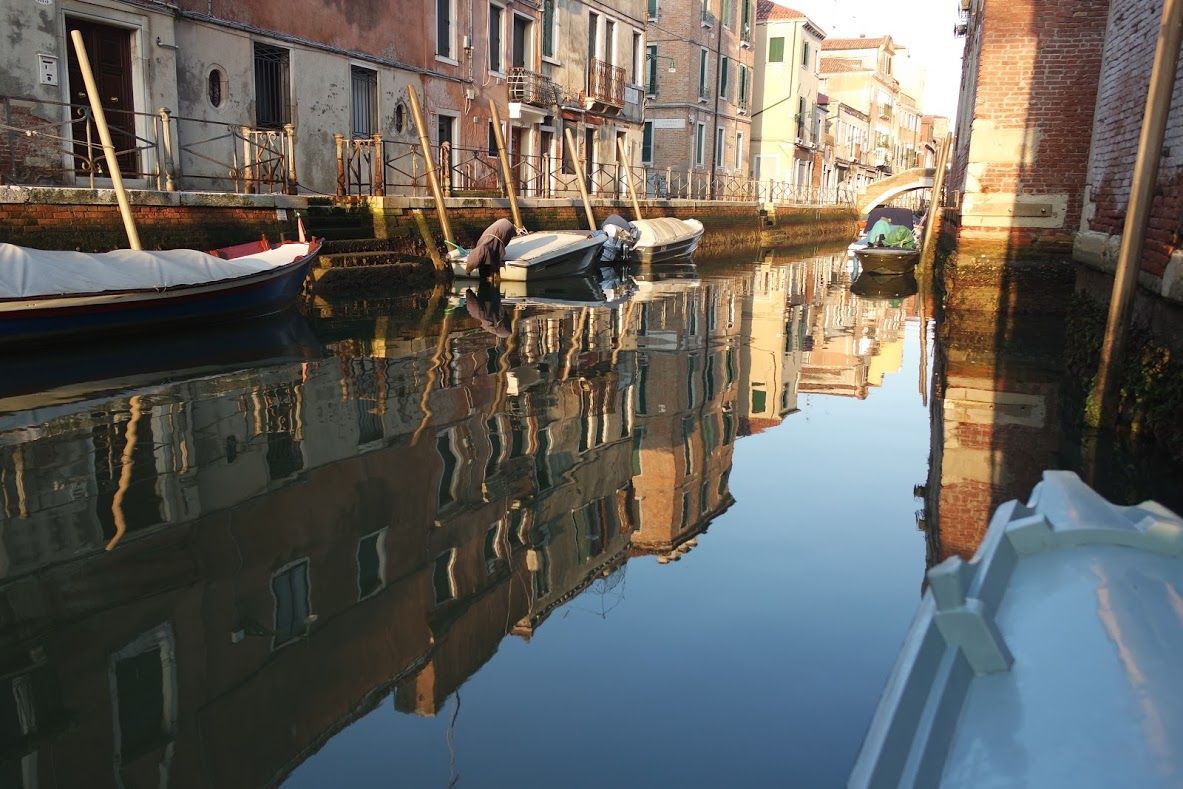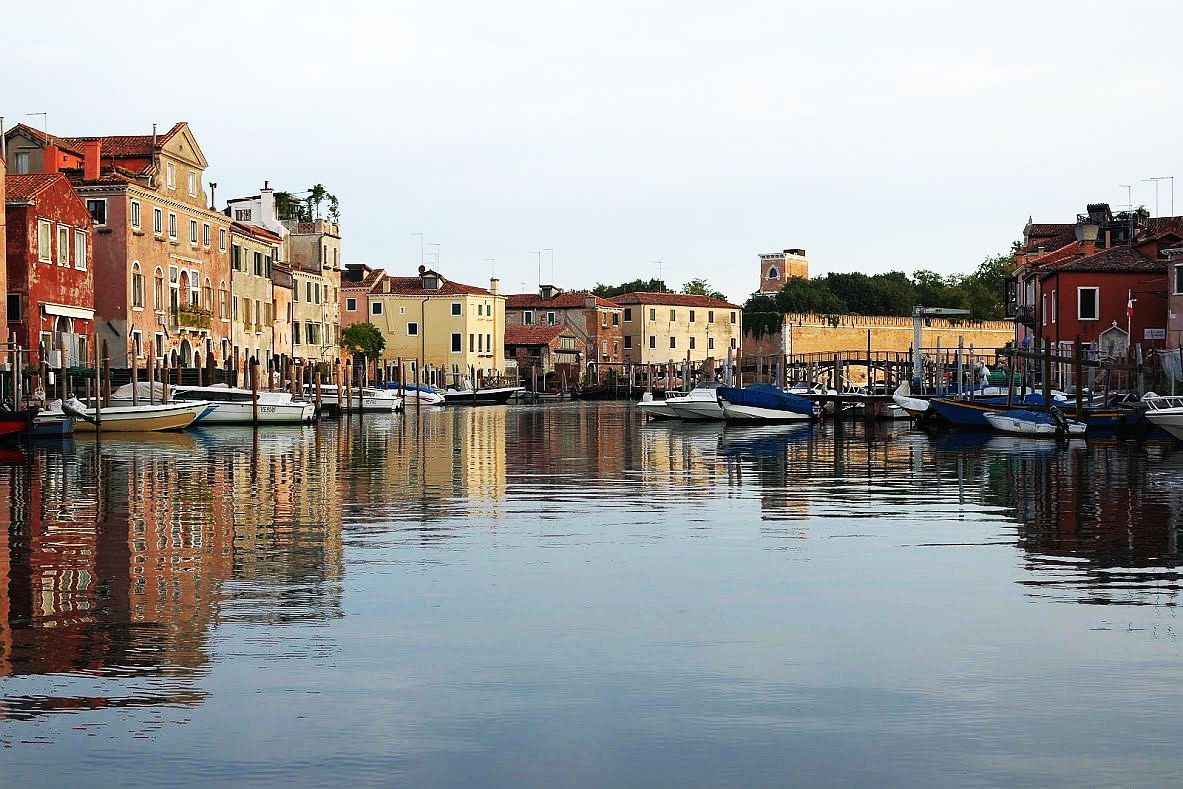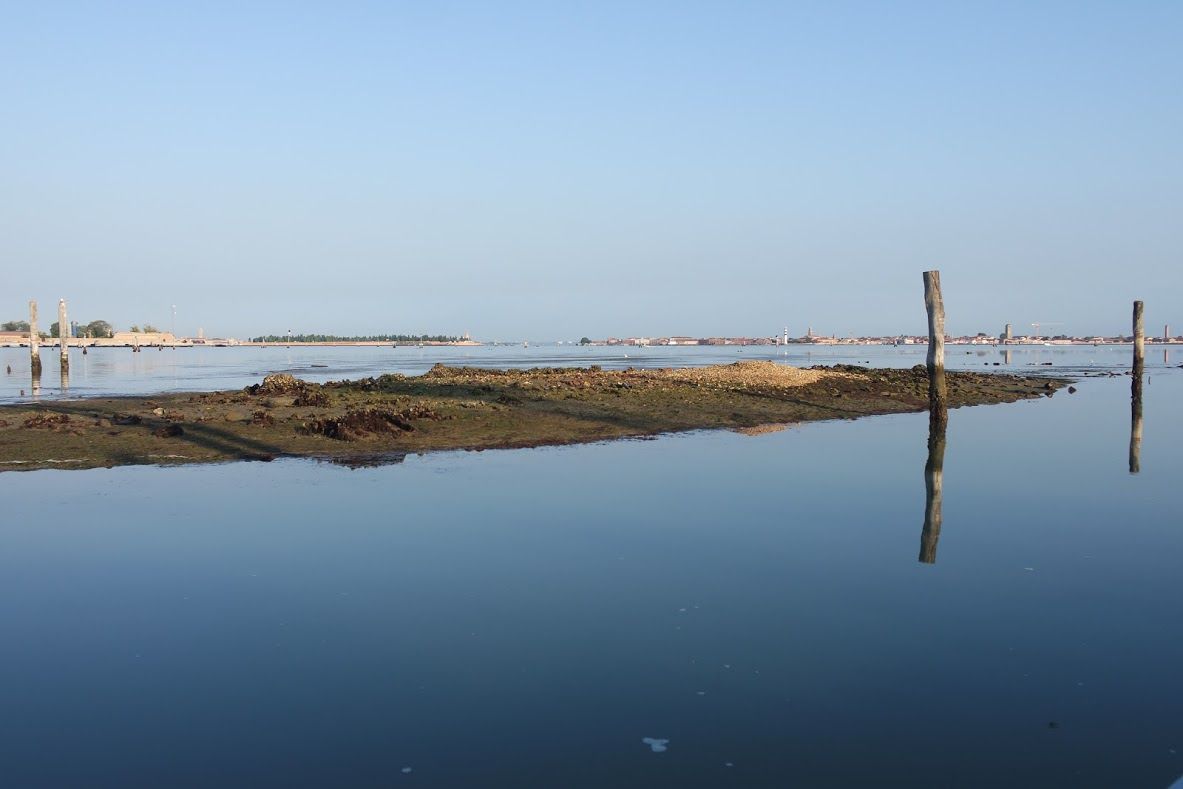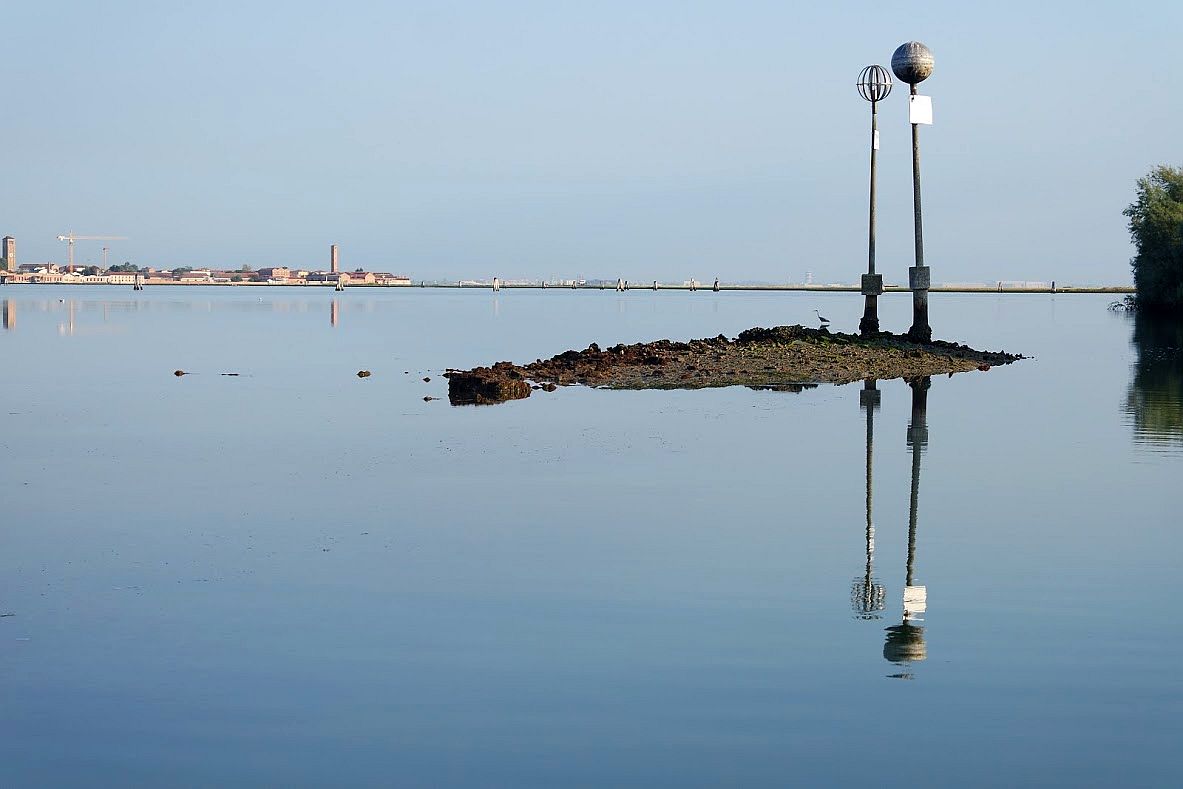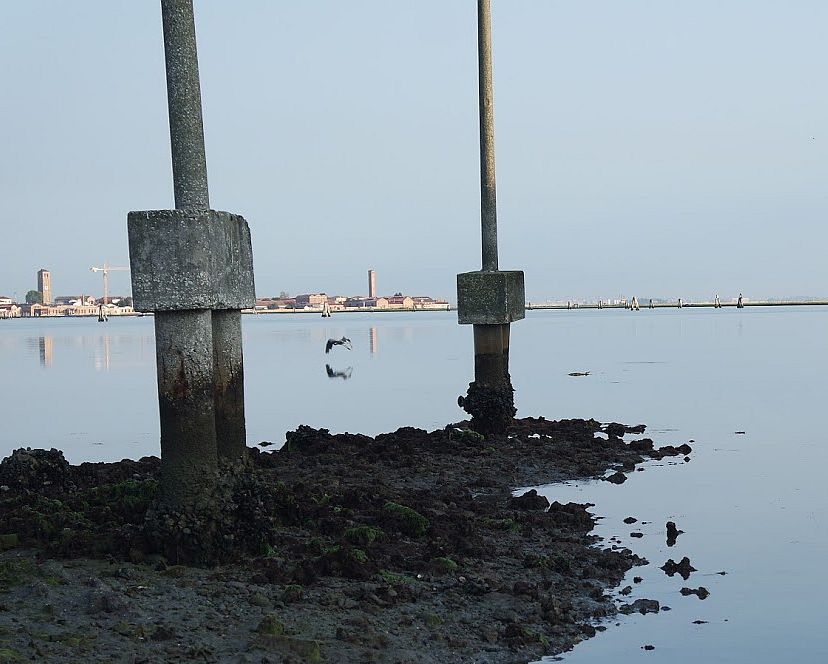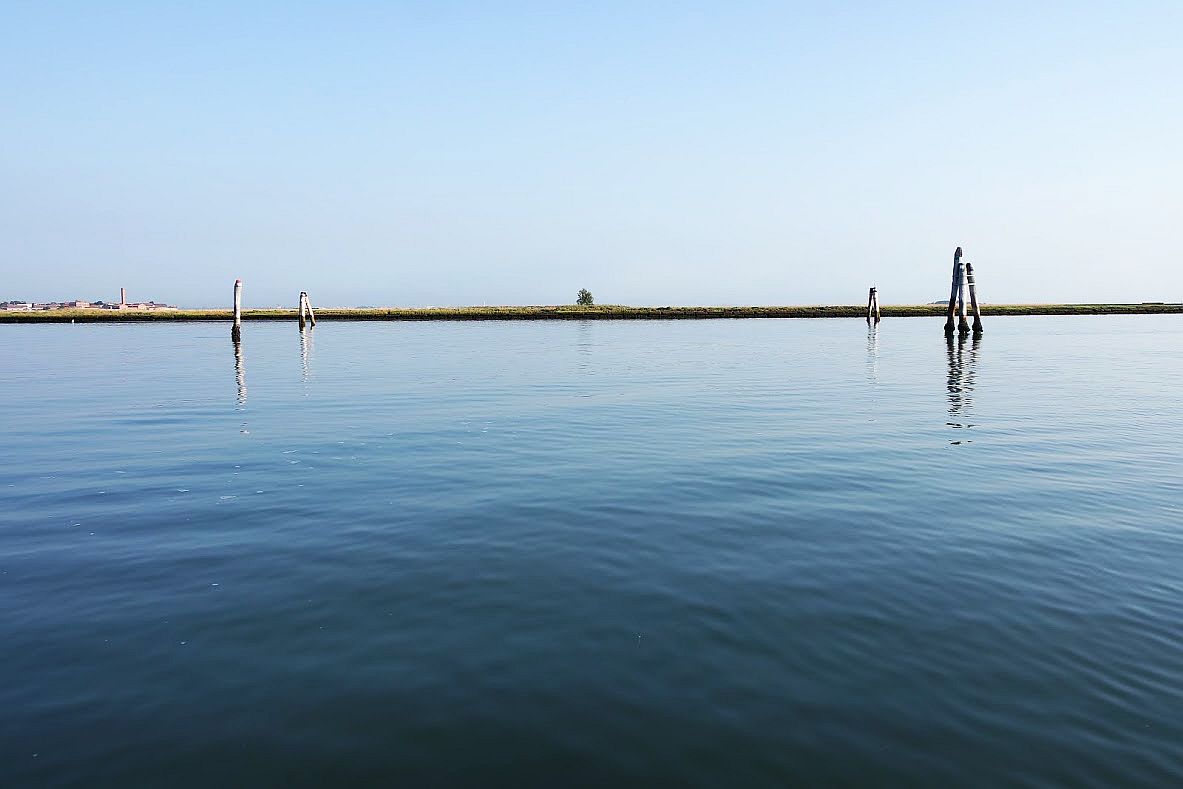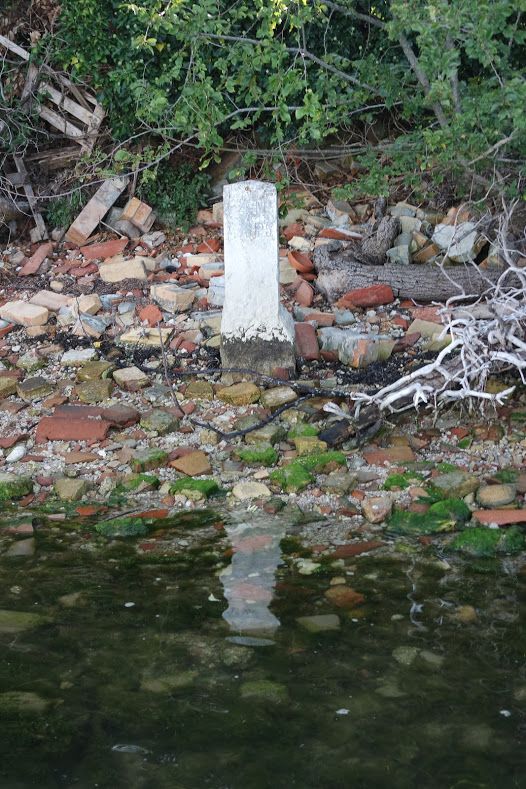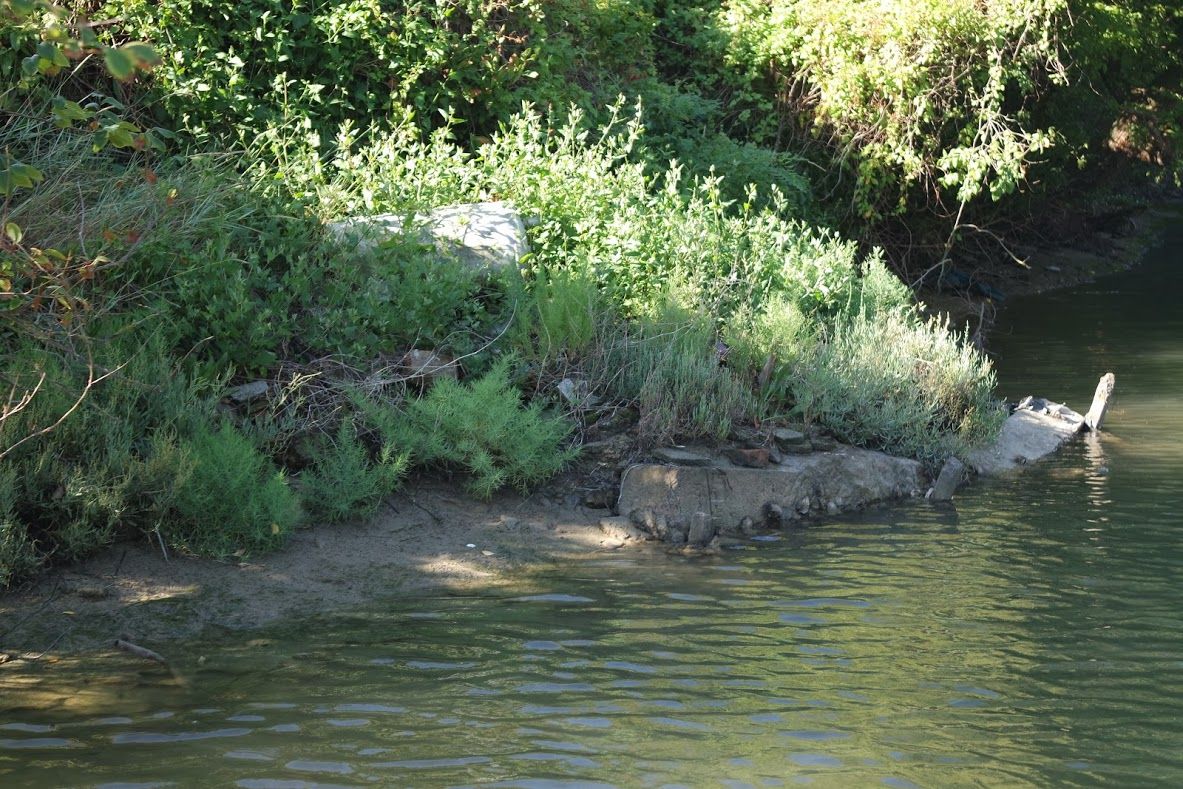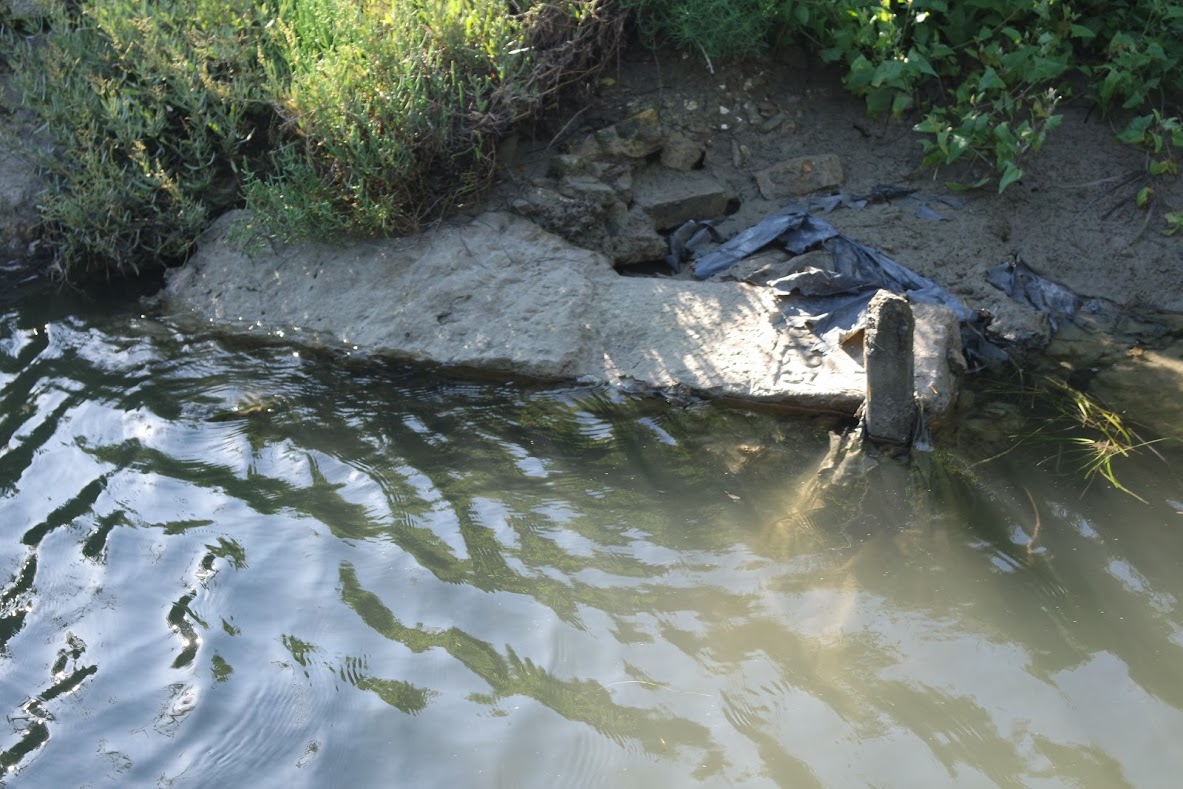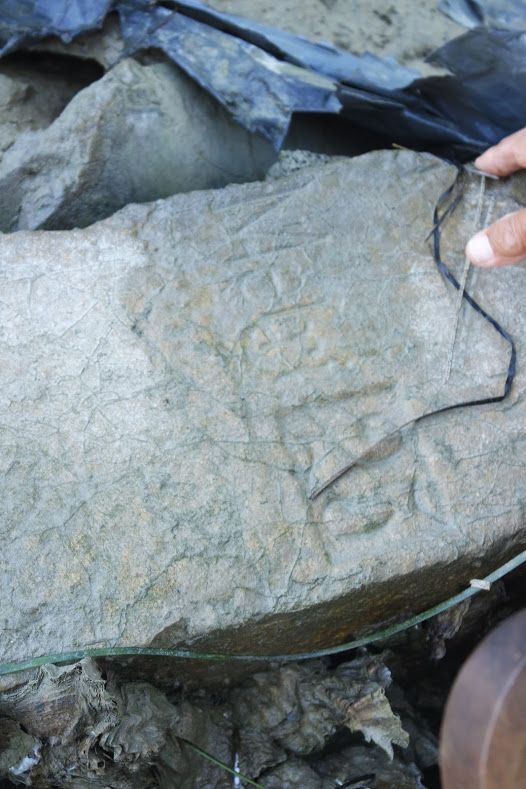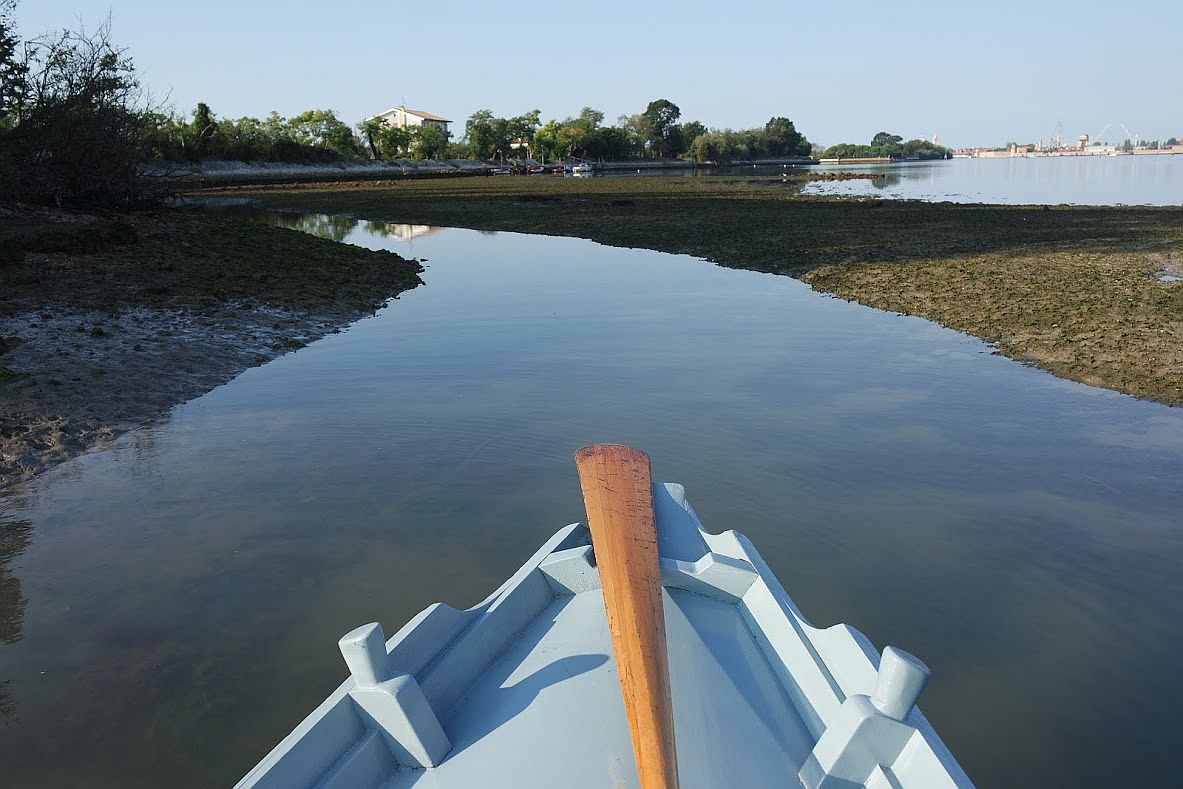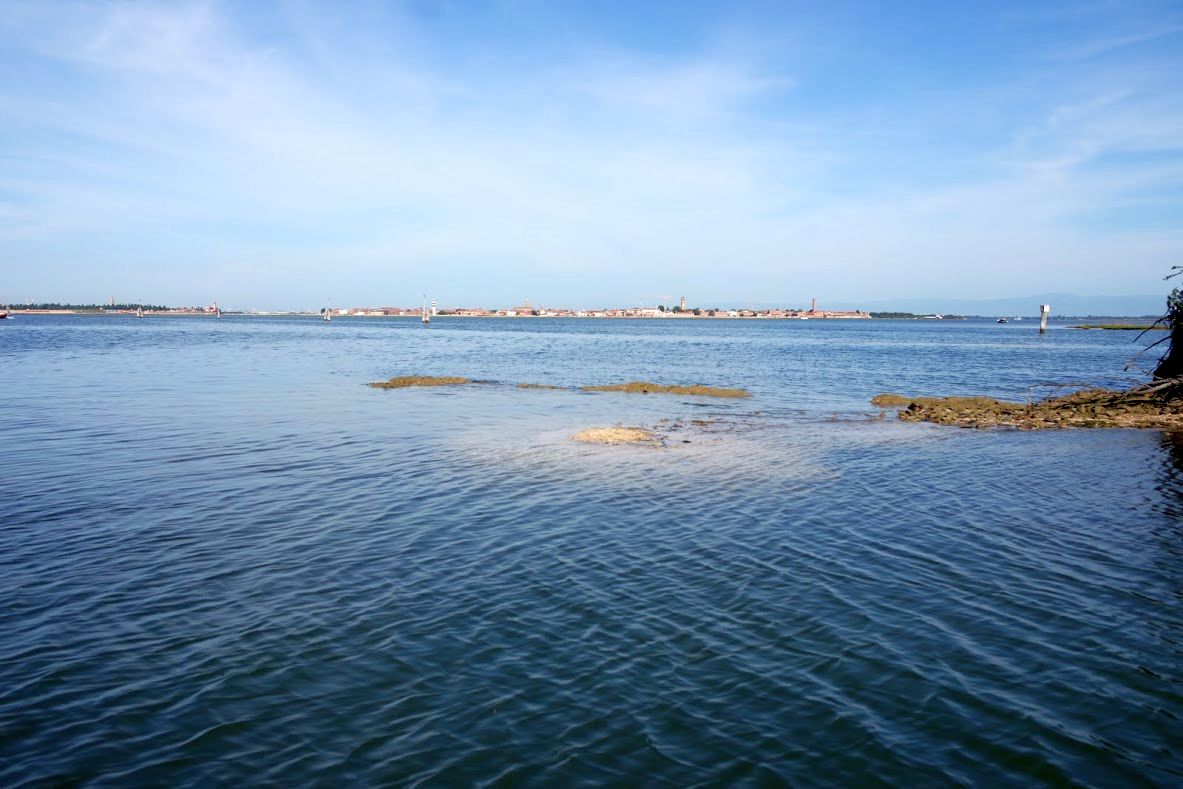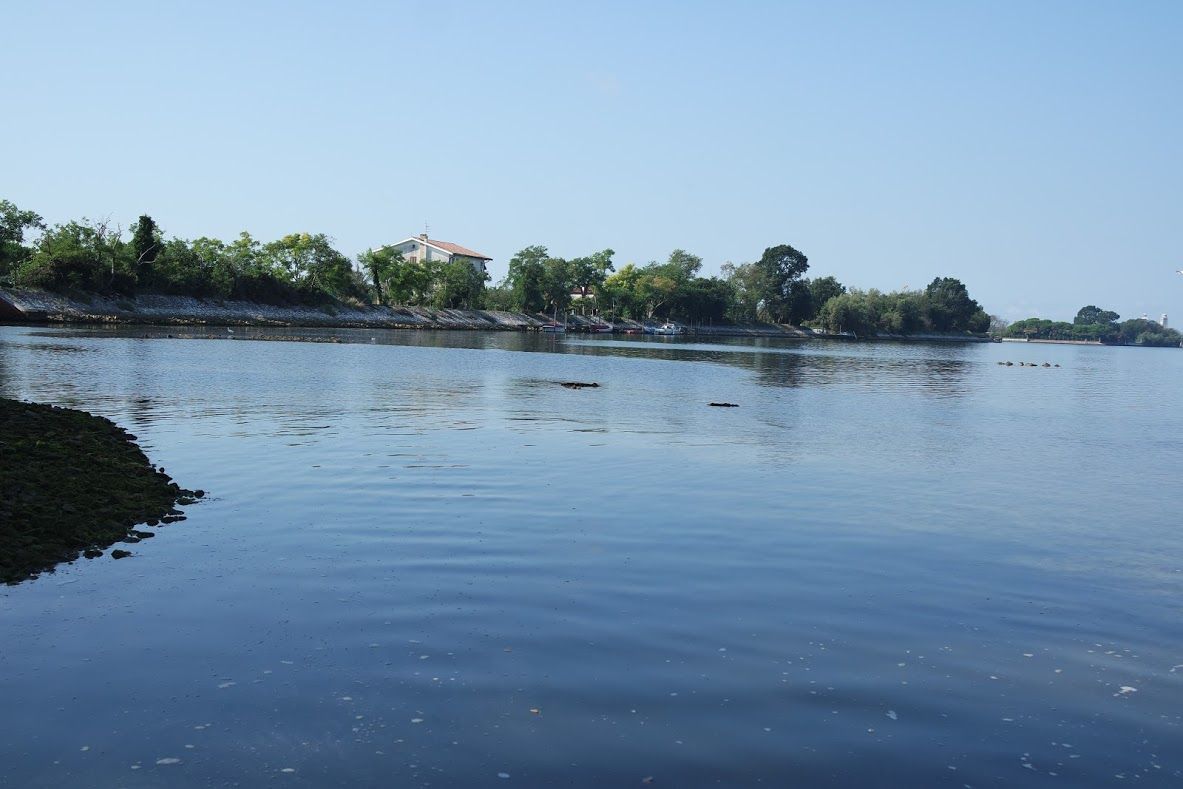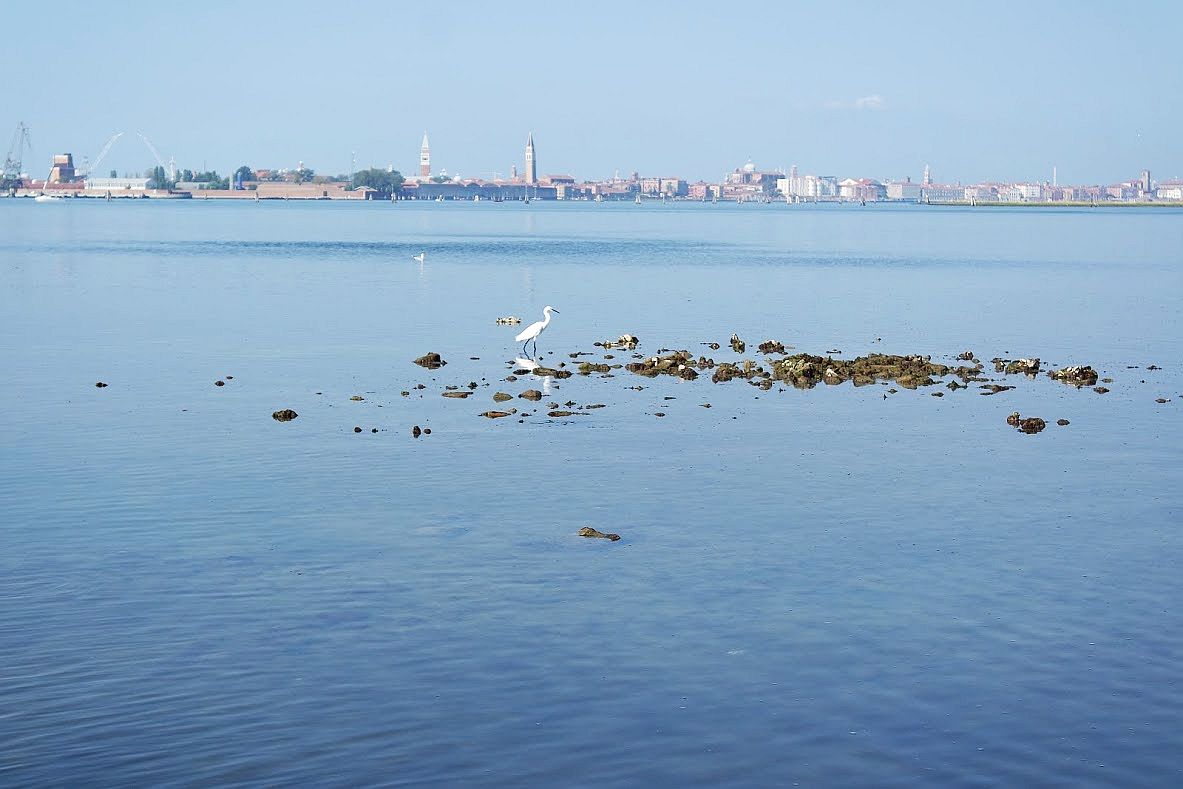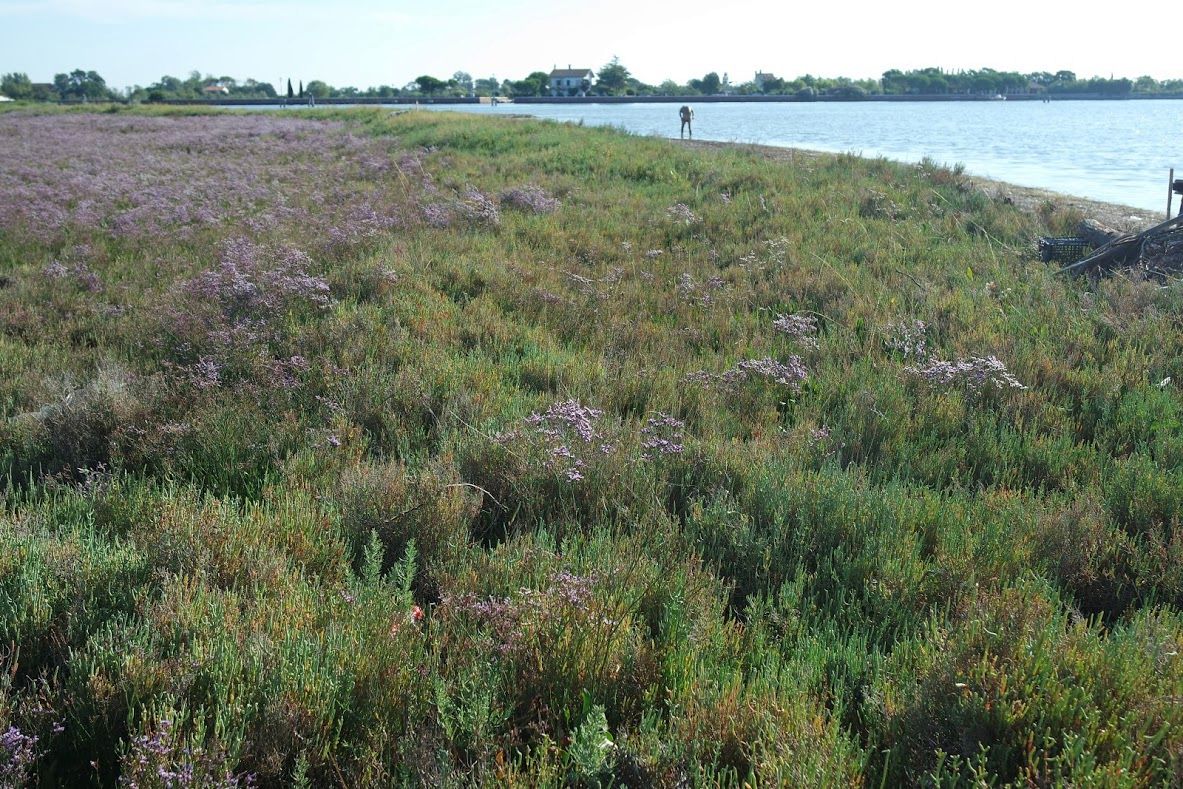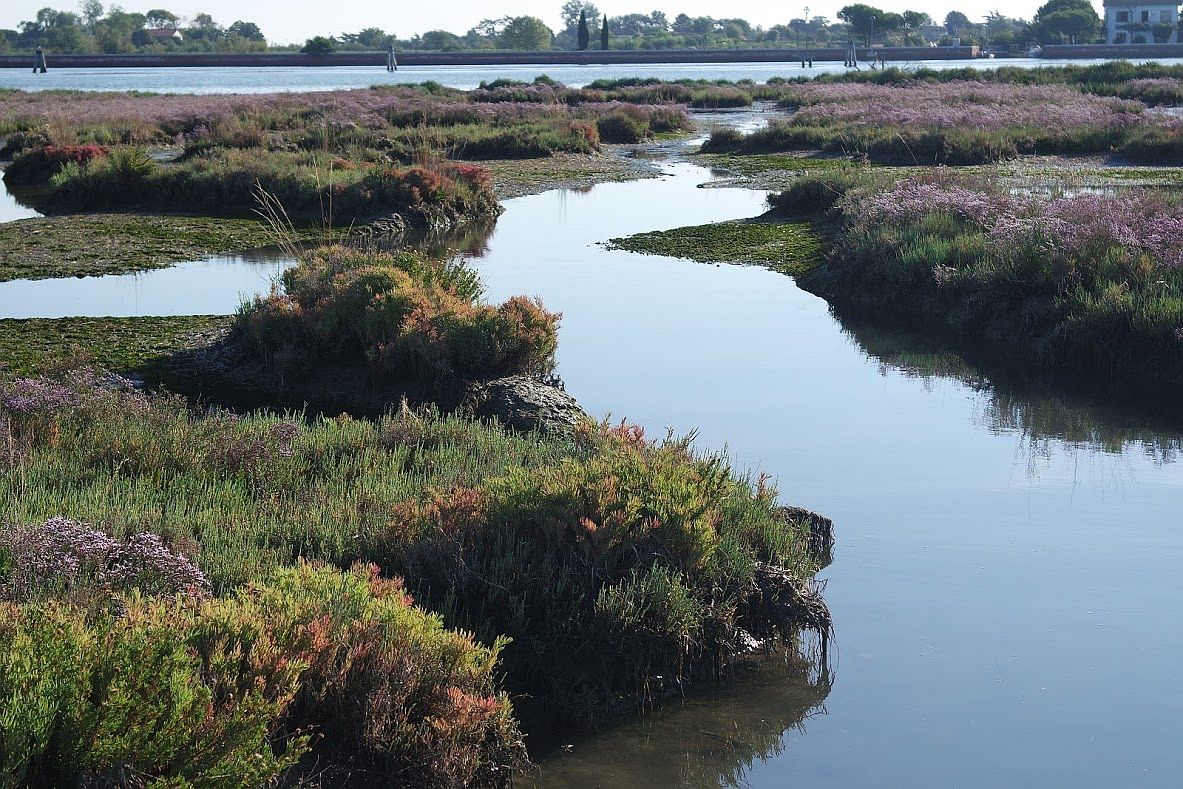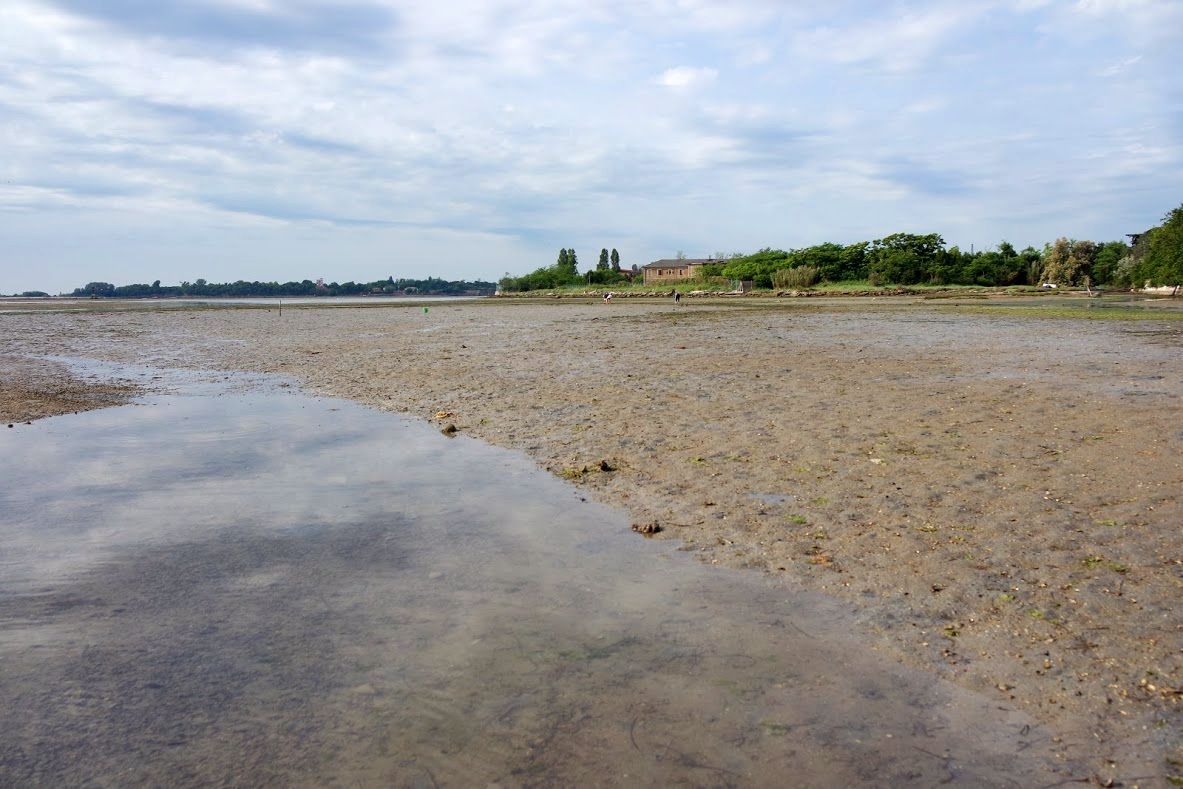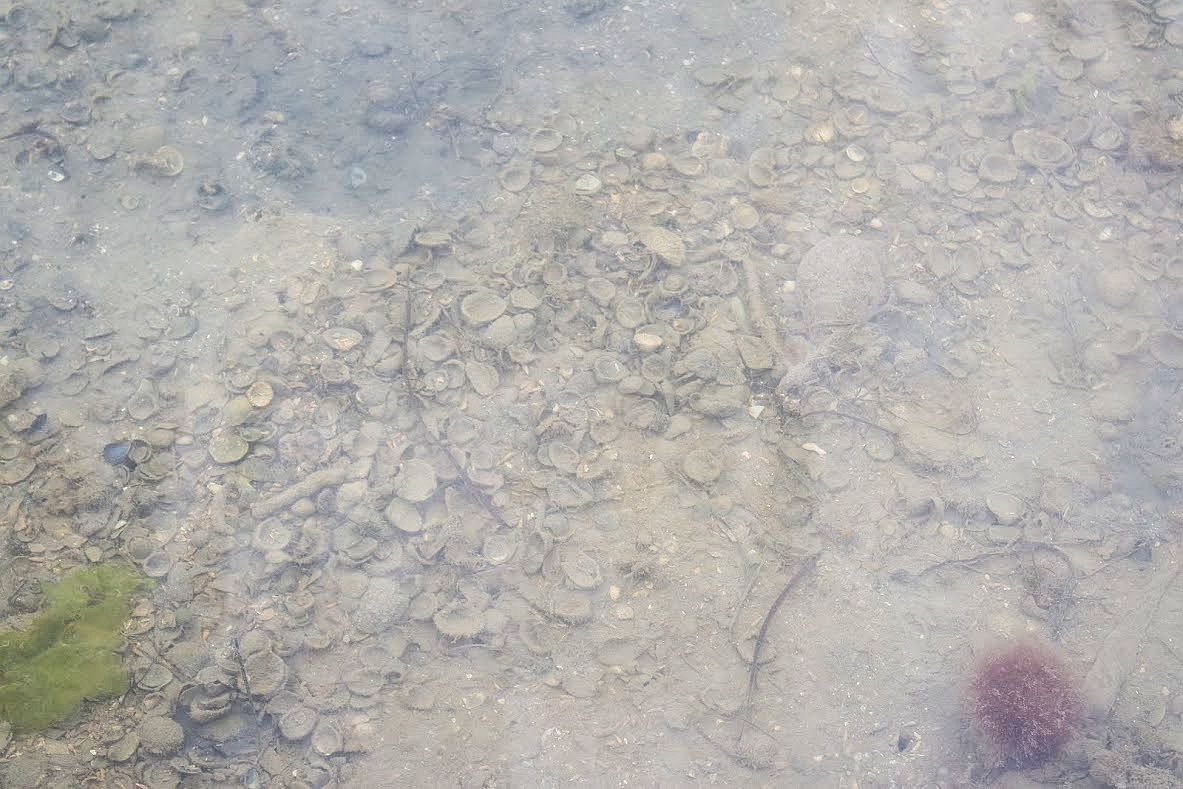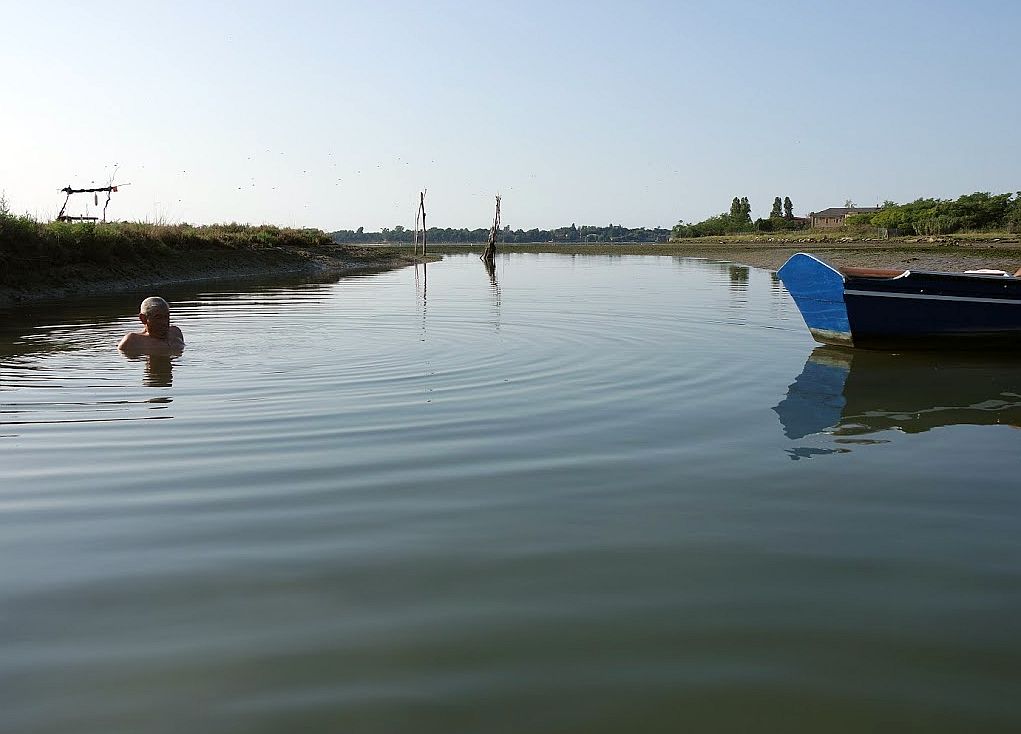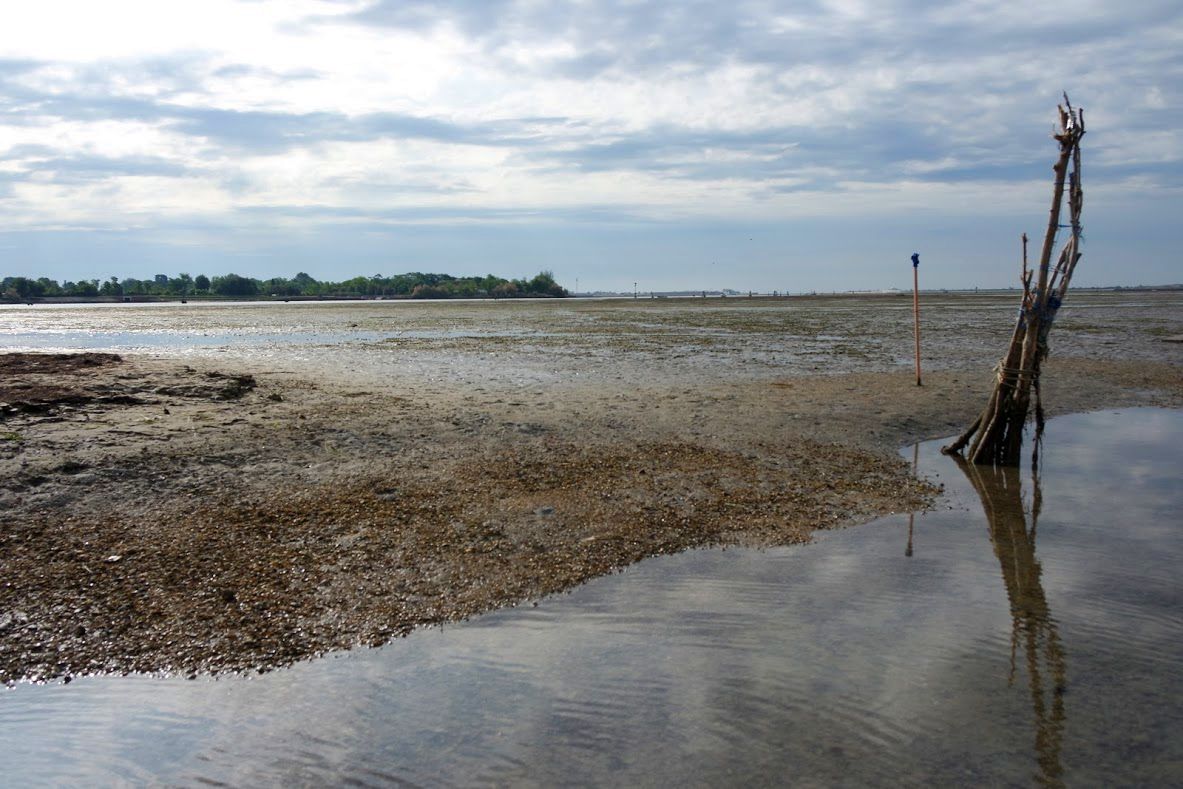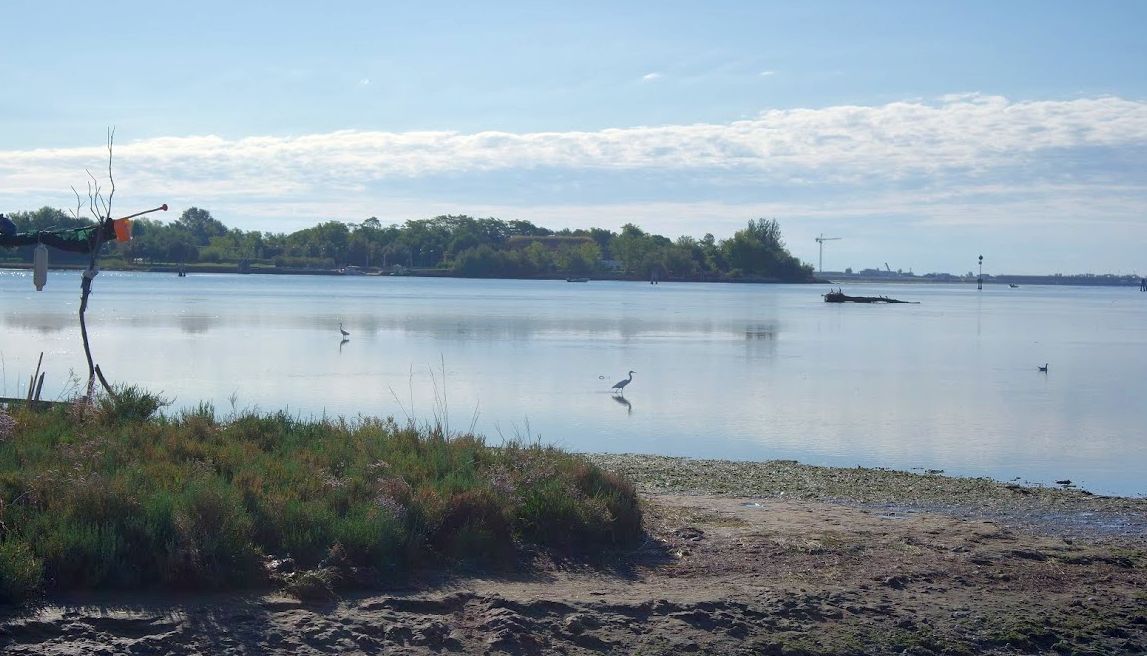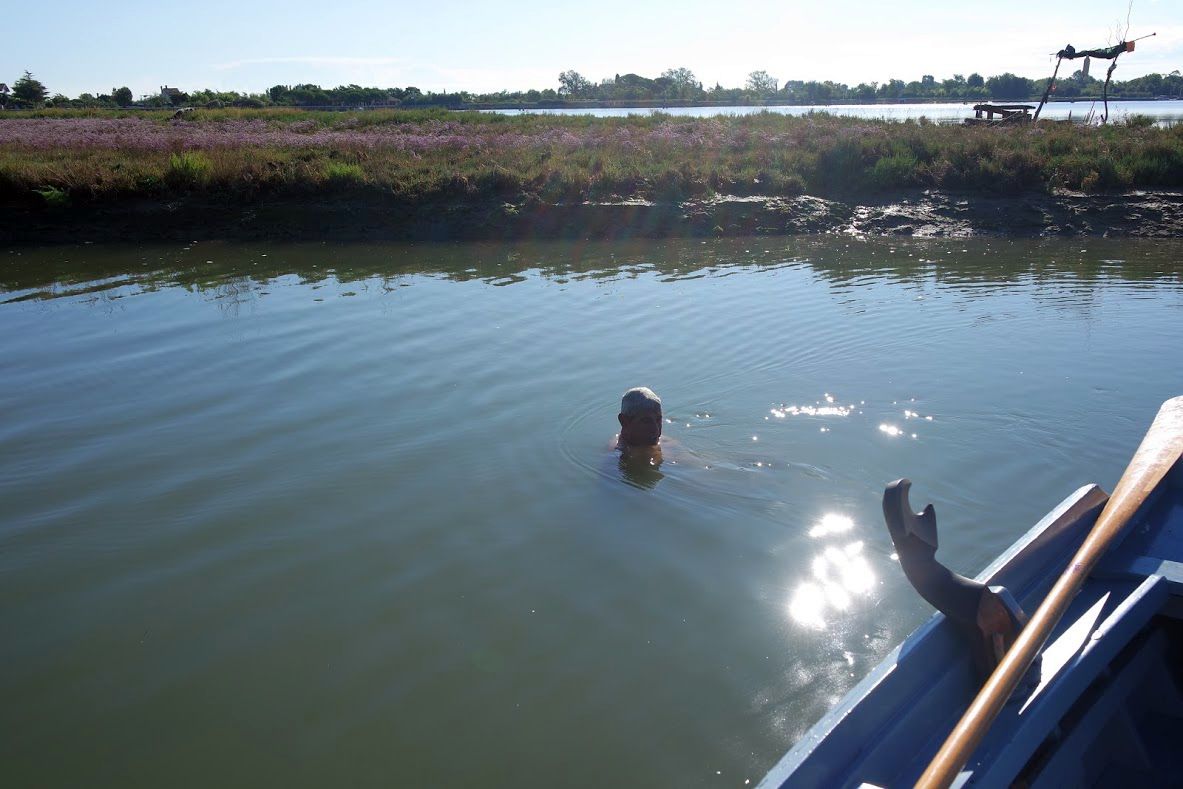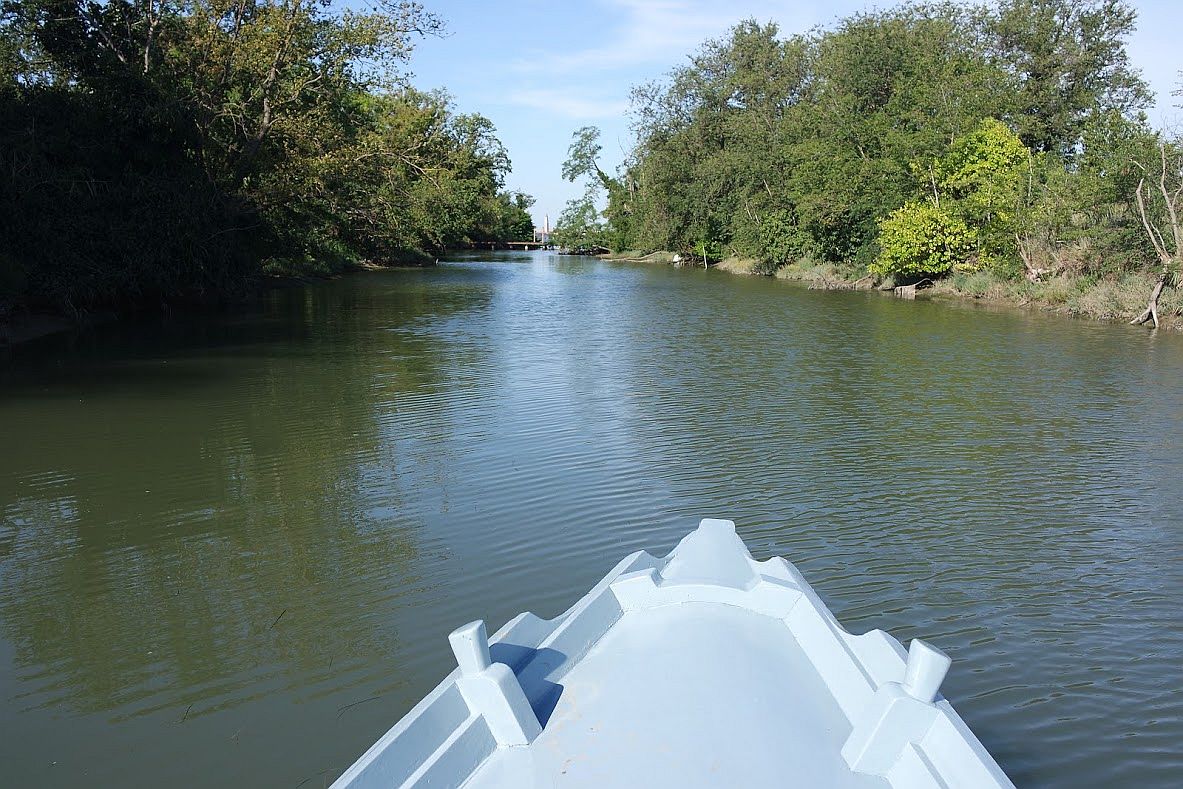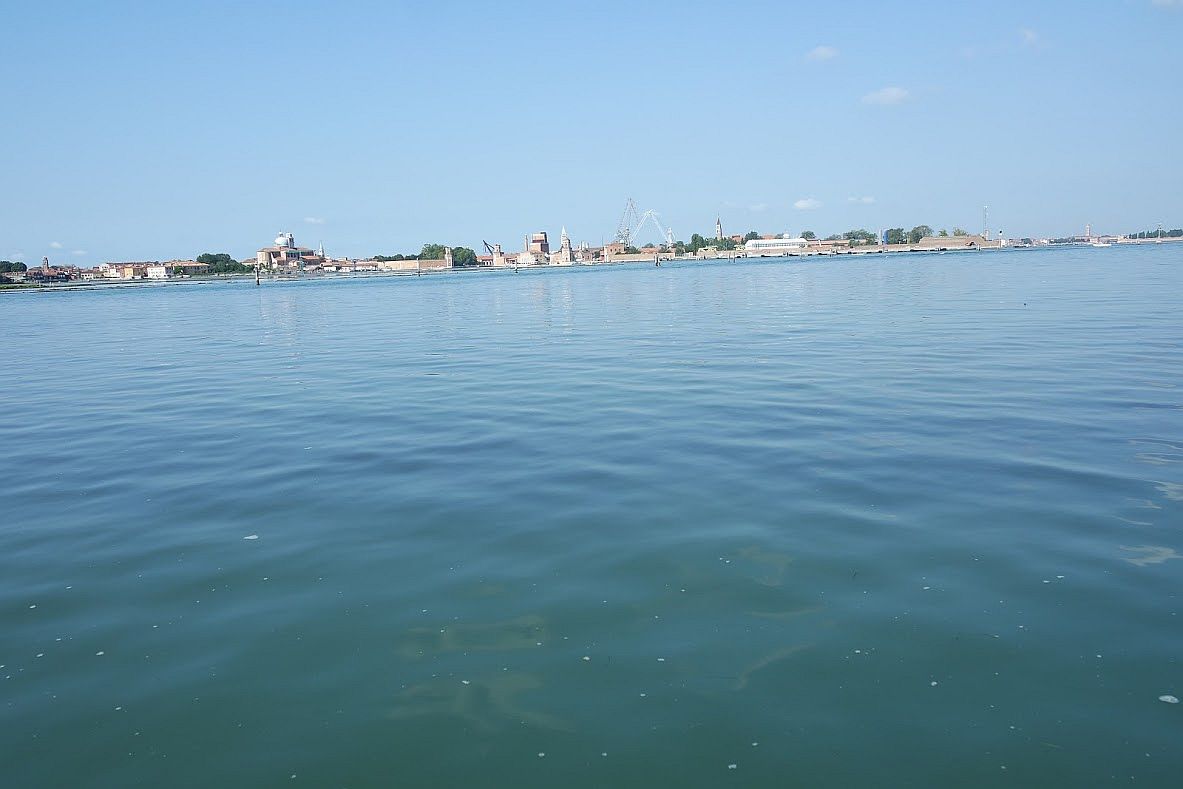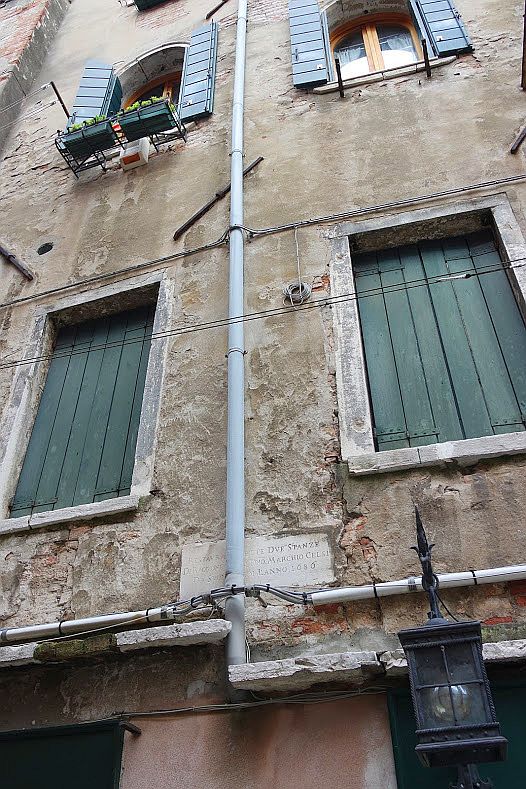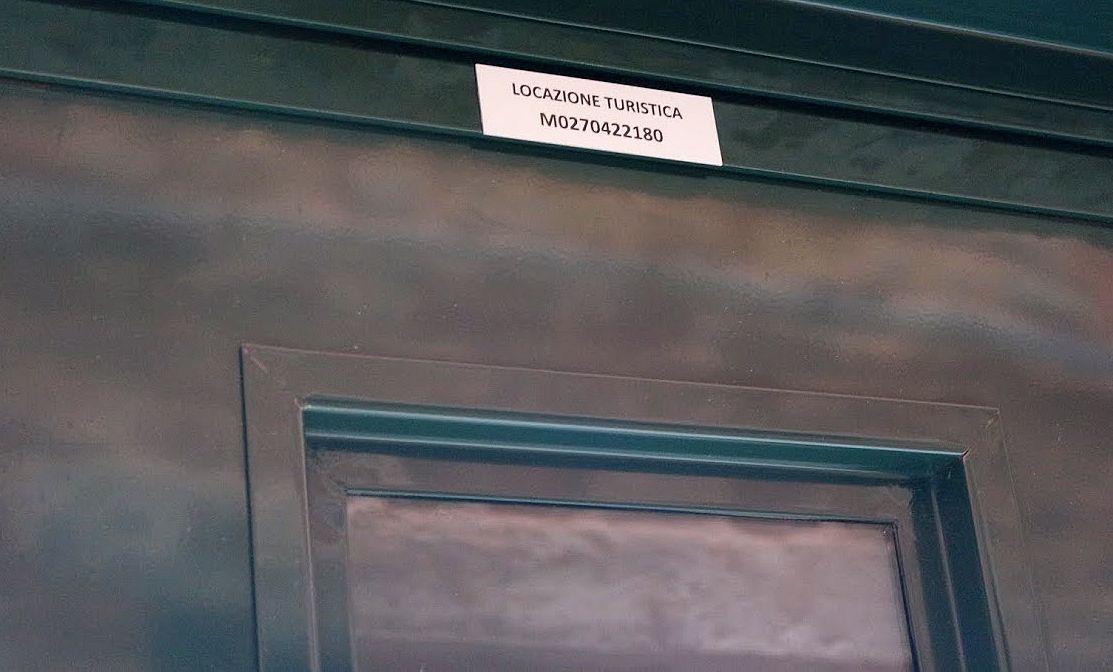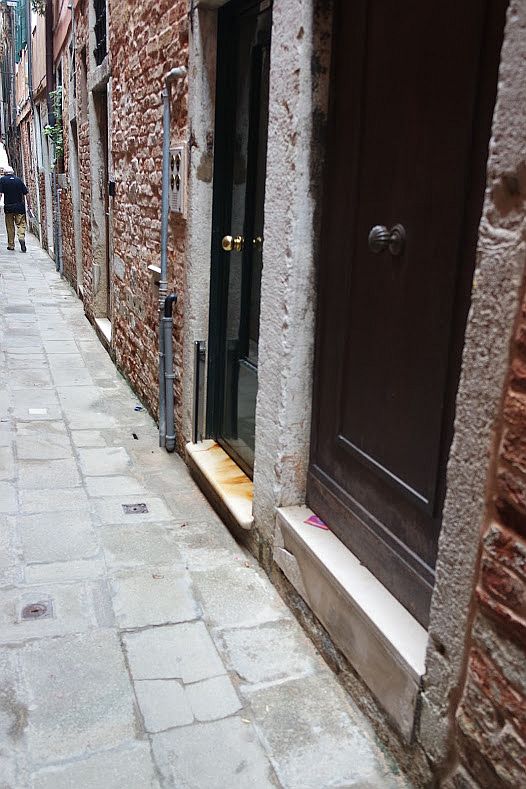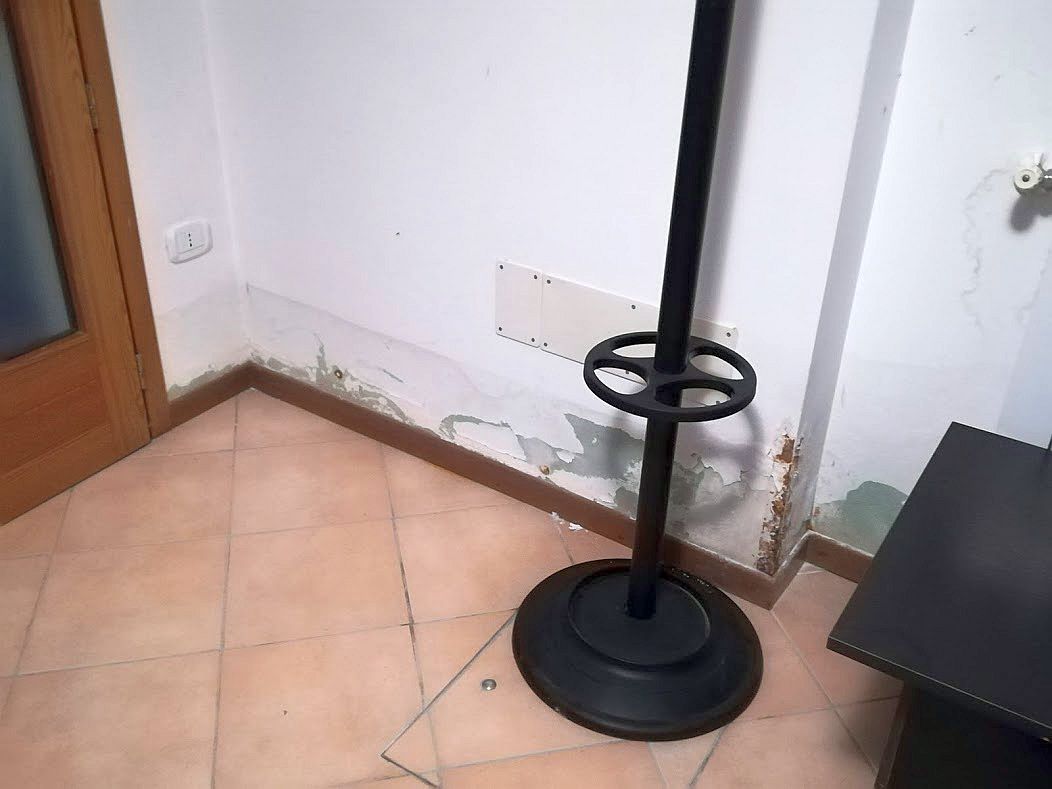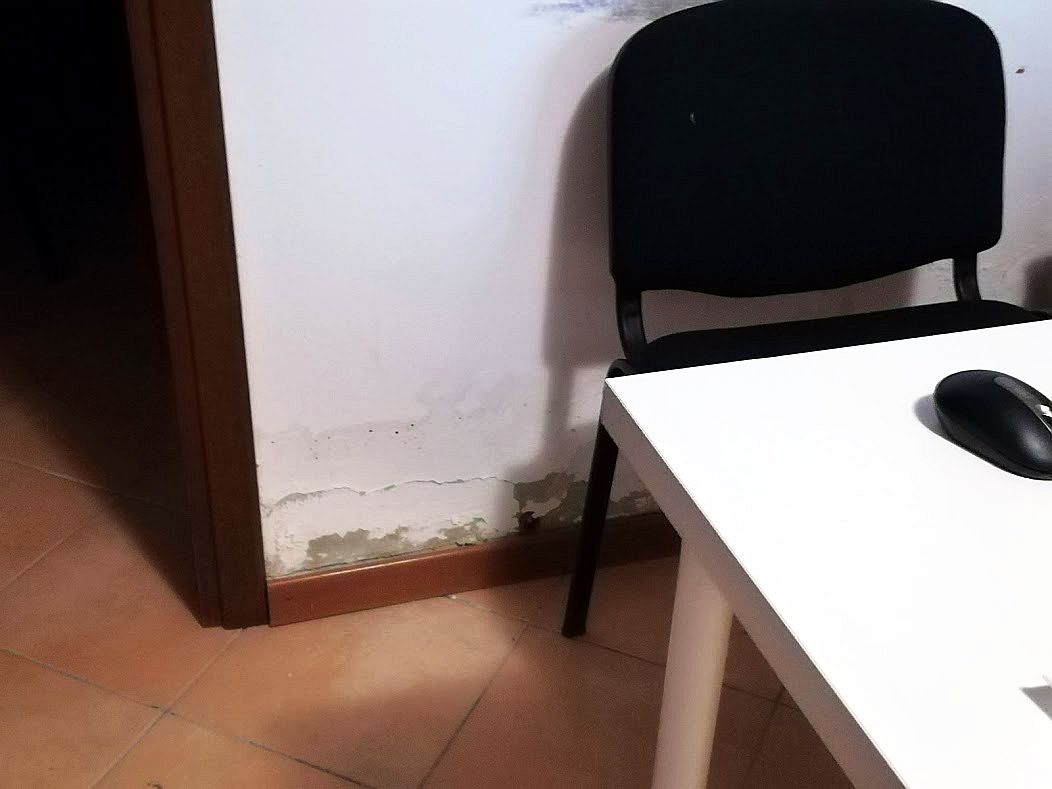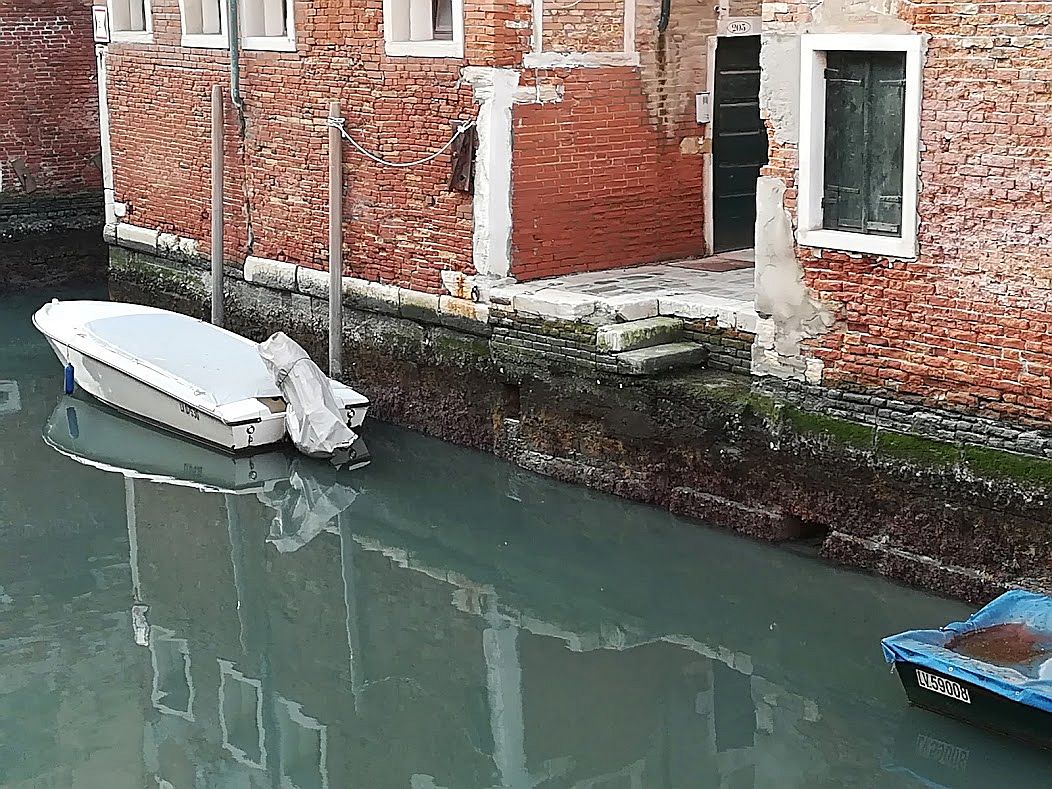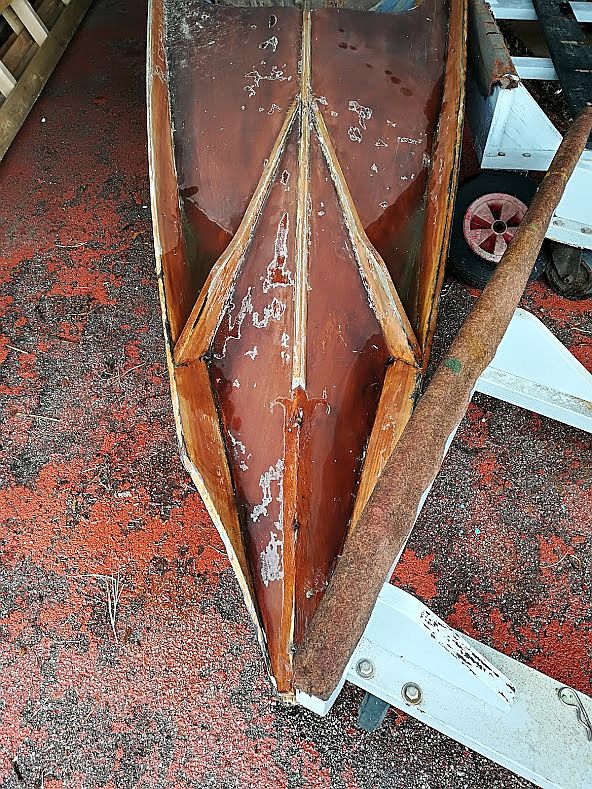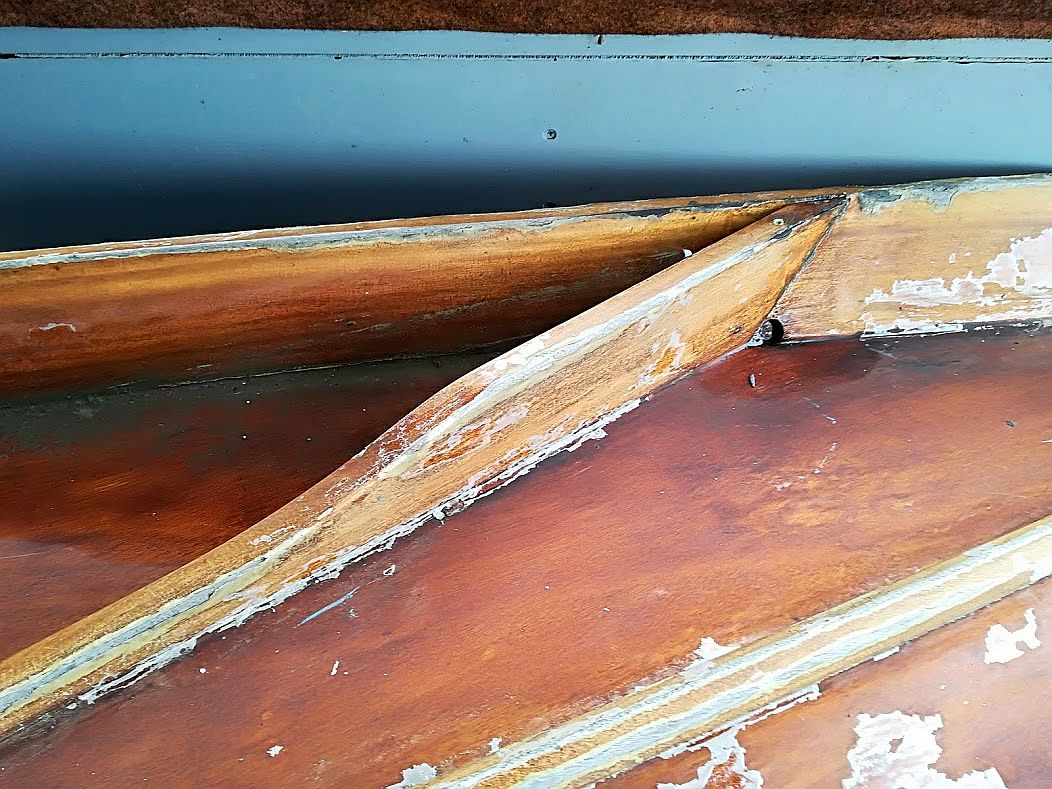
About ten days ago, I said to Lino, “Welp, it’s just about time for those wild articles that come out every year yelling ‘Oh-my-God-there’s-no-more-water-in-the-canals-Venice-is-dyyyyiiiiiinnnnnnnng’ to start appearing.”
And sure enough, just as soon as the exceptional low tides began to suck the water out of the canals, the television/online/daily newspaper news in many places began to wail.
Unhappily for the interested public, the people who really would like to understand what’s going on, these articles are not helpful. For one thing, there is a serious drought afflicting the mainland, and photos are showing rivers running dry. Rivers dry, canals dry — the drought has hit Venice! Logical! Obvious! Wrong!
Rivers and Venetian canals are not at all the same, for the simple reason that the Venetian lagoon isn’t fed by rivers, streams, lakes, or rain. It is fed by the Mediterranean Sea, Adriatic department. The canals are tidal: Six hours in, six hours out. No water at the moment? It will be back shortly.
Every Venetian knows that in January and February there will be exceptional low tides. This is no novelty, they even have a nickname for the phenomenon: le seche de la marantega barola.
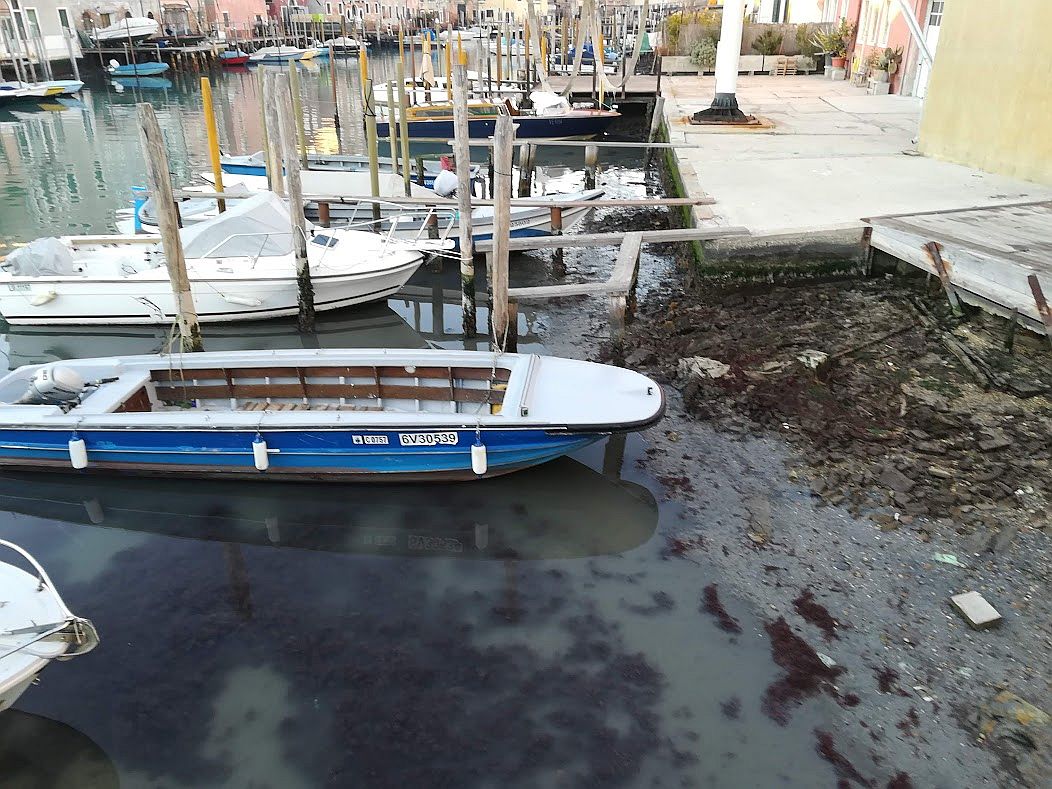
I can’t overstate this: The low tides are NORMAL. They are predictable. The only thing that changes is the time at which the tide begins to fall or to rise, and the expected maximum depth. And then you plan accordingly. By “you” I mean people whose work depends on using water. If you live in Venice and the water takes you by surprise, you can’t be paying attention.
The lowest low tide this year, so far, was Monday at -68 cm below mean sea level. I was impressed; I’d never seen it that low. But this is nothing!
The Tide Center maintains a trove of historical data, and guess what? Between 1874 and 1989 there were plenty of times that the tide dropped even more dramatically — ranging from -90 cm (4:30 PM on February 24, 1876) to – 124.5 cm (January 18, 1882, at 4:10 PM). Almost all of these exceptional low tides were in January and February, with a few in December and March. We know they are coming! They always come! And then they leave!
Too bad the reports never show the same canal, six hours later, brimming with water. But that would spoil the whole story.
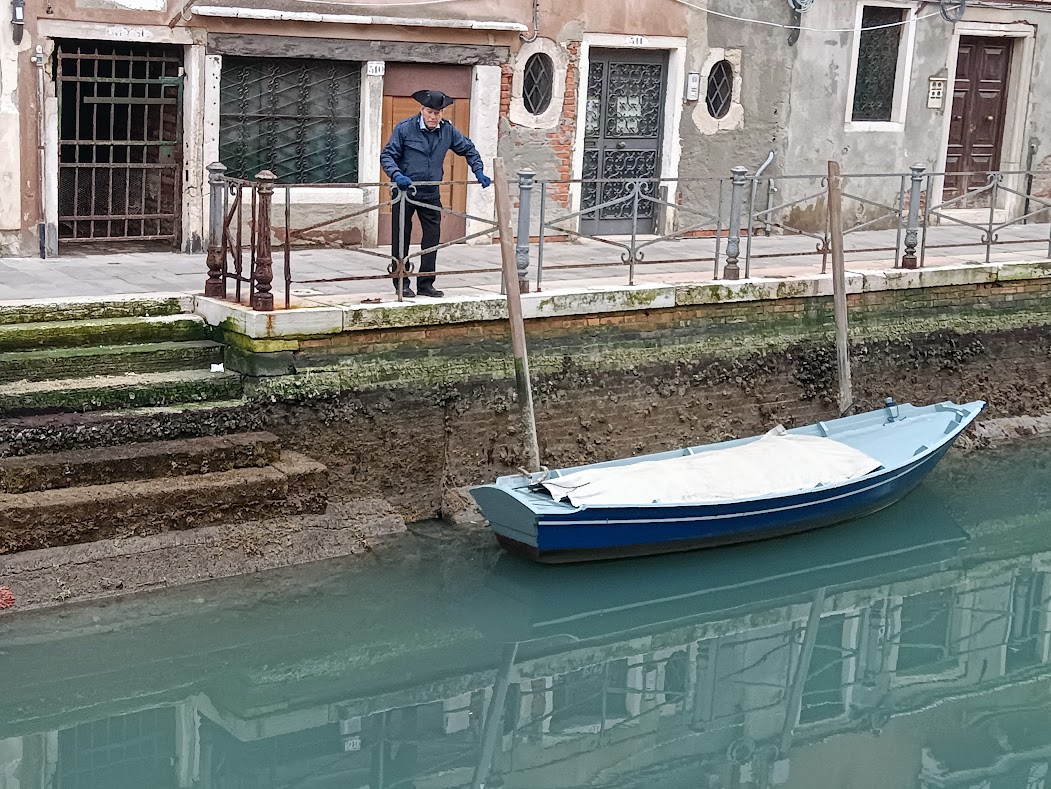

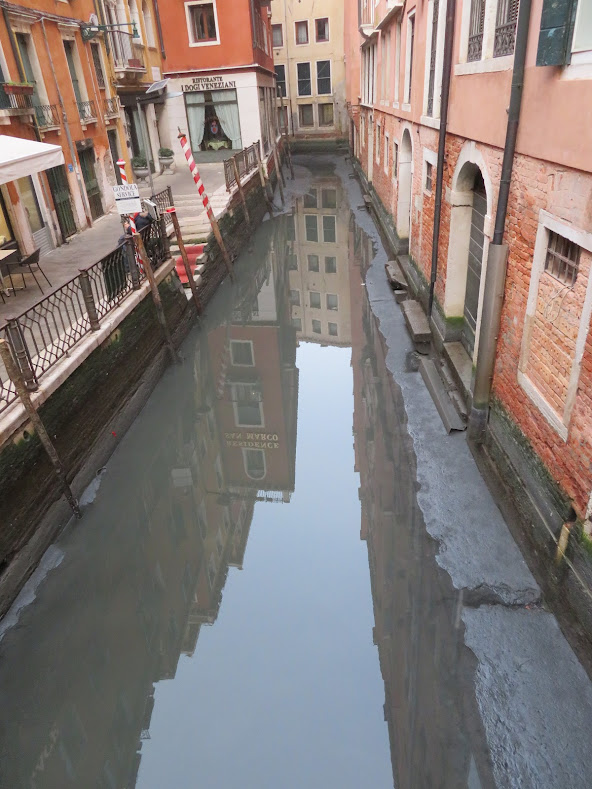
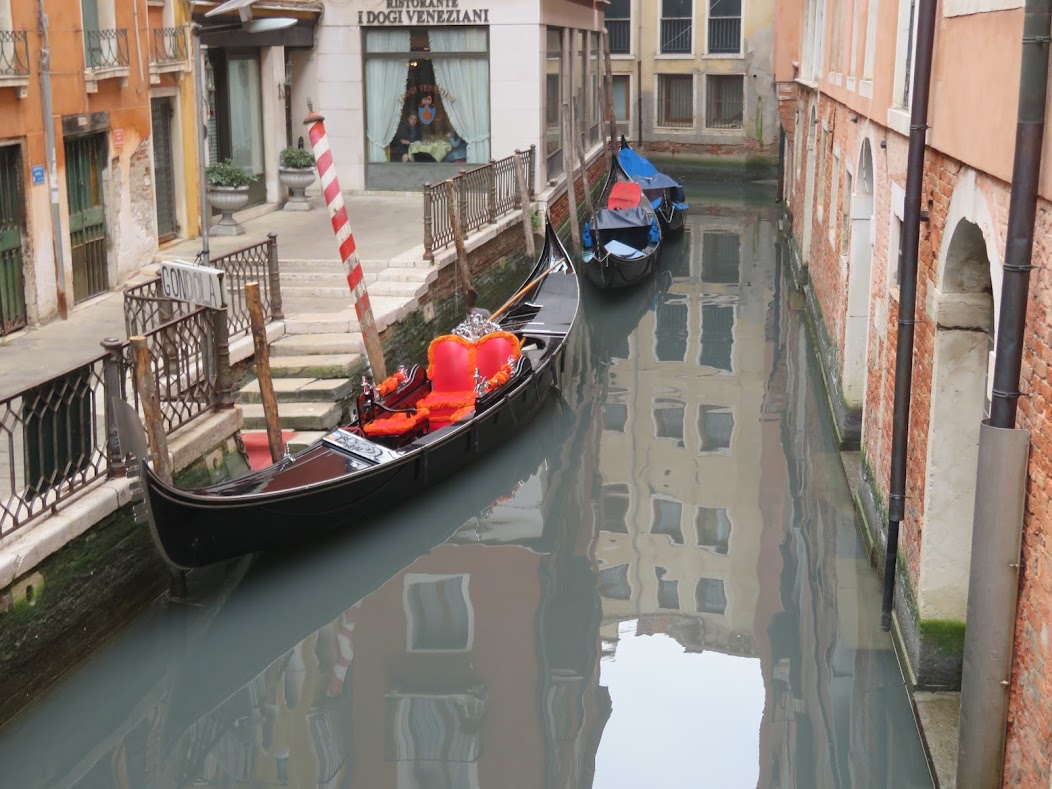
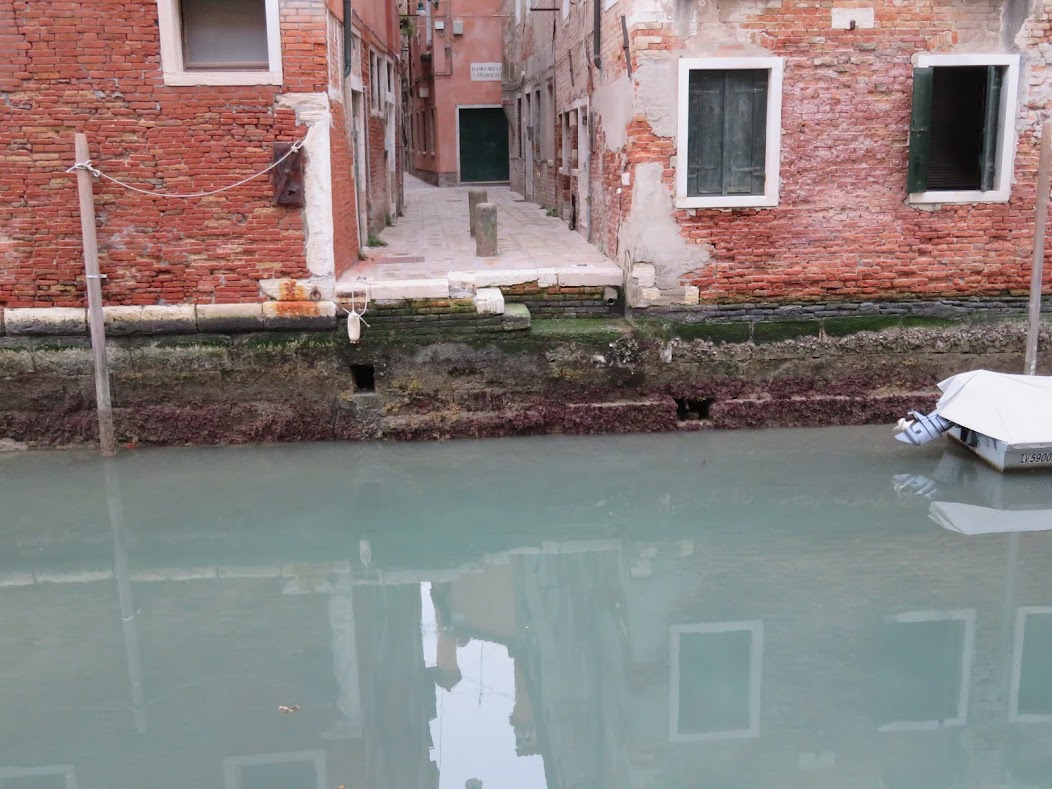
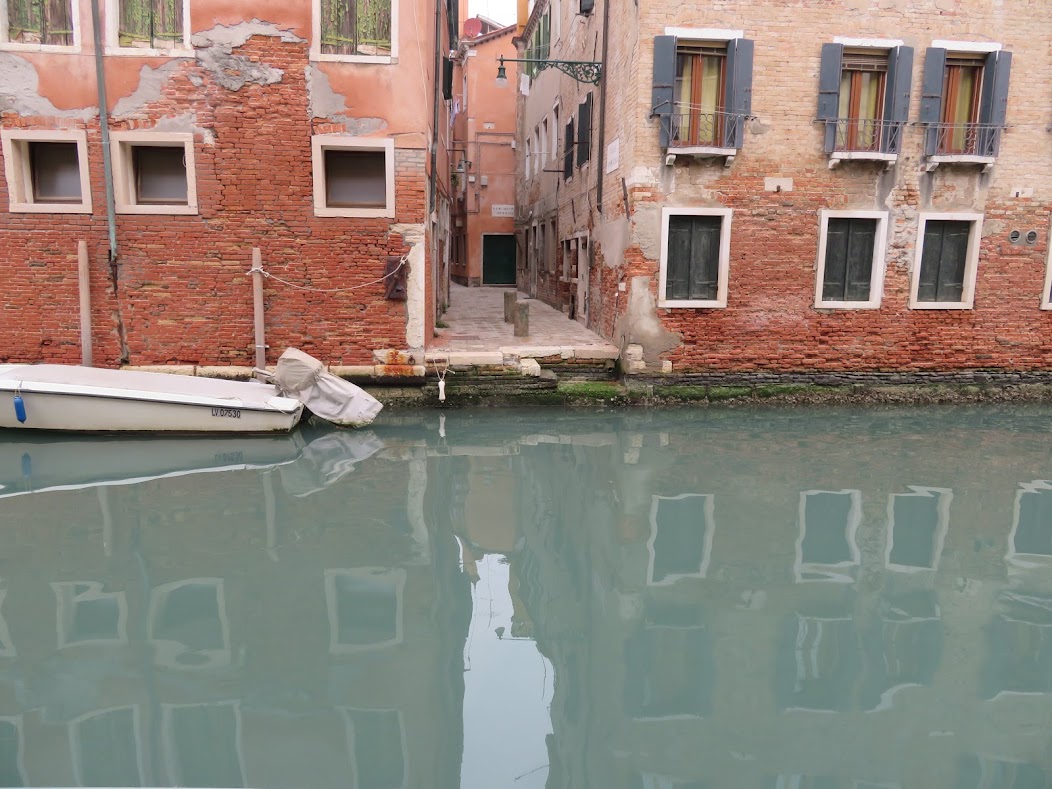
Go through a few days of this low-tide/high-tide cycle and it begins to seem normal. Because it is.
See you next January, when we’ll go through this again. I’ll bring popcorn, we can watch it together.

